|
We have lead a few workshops in the past couple of months ("workshop season") and every time we do one, we try new approaches. Ontario, for better or for worse, is welcoming in person events again, and we are cautiously on board BUT but we also like the accessibility of the online workshop. Plenty of people- whether because of distance, ability or inclination- prefer online to in person.
We did three workshops in this past couple of months. Here's a summary:
January 26 Scraps challenge! We did a quick summary of the Scraps challenge! workshop, hosted by the Textile Museum of Canada in our last blog post. The entire workshop can be viewed online at the TMC website here.
We were trying to work back and forth between the micro and the macro, techniques, materials and connection of sustainability in this way with larger ideas or sustainable practice. So I did an intro to our collective and ideas of sustainability, Marnie Saskin shared her love of experimenting and her impressive breadth of knowledge and ideas of what to do with scraps. We went a little deeper with a hands on project, making patches from scraps (as a gift to future you) with some beautiful results pictured above. Marnie also gave a studio tour to show how she organizes her scraps AND, because we don't feel there is a "right" approach, only a "right for you" approach, we included another voice via video. Educator/artist Nancy Rawlinson has a different but also compelling approach to working with scraps, check out this video below:
January 29 Upcycle yer sweater workshop As our residency at Double take wrapped up we delivered a workshop about upcycling sweaters that included a small hands on project for participants, making handwarmers. Bit of a tried and true workshop, new audience, so we gave a little profile of us as a collective, but otherwise it was a lively back and forth discussion of all things wooly- very cozy. Plus, Double Take paid us instead of our grant! Sweet. Here's some pictures from the workshop, and below that a description and links to videos
"Great advice for would be up-cyclers on turning an old sweater into useable material- some inspiration -and a simple project to make with your smaller sweater scraps. This is an online workshop hosted by Double Take store and lead by Marnie Saskin with support from Tanya Murdoch and Leah Sanchez, all from Works-in-Progress art collective. Works-in-Progress was one of the artists in residence at Double Take from November 2021-February 2022."
Part one: Intro to Double Take and Works-in-Progress https://vimeo.com/688871168 Part two: all about wool https://vimeo.com/688846053 Part three: making a hand warmer https://vimeo.com/688845923 Part four: deconstructing a sweater + Q and A and some burning https://vimeo.com/688933192
March 4 2022 Cutlery Wrap workshop with Building Roots- In person AND online
We are reunited with Kate Hamilton from Building Roots for the first "Do it Together" workshop in 2022. It is our first indoor in person workshop since the pandemic started (and it was our last as well) and we wanted to keep the workshop as an online version as well. So Marnie was our host and a new artist, Alex Verkade, joined Leah and Kate and I in person at a new location in the east end of Toronto, the Neighbourhood food Hub near Gerrard and Coxwell. The result was a bit loud for the people on zoom (we muted ourselves for much of the time, coming back together to check in, ask questions and show and tell.
I put it all together in a video below, to give an idea of the feel of it and also to hopefully give you some idea of how to make yourself a fabric wrap to carry utensils, cutlery, art supplies or tools. We brought sewing machines to the site and our online participants had their own. It was great to see the fairly new-to-sewing participants in person make their own beautiful wrap- and do a lot of troubleshooting with Leah and Alex along the way. Marnie did a great job of providing clear steps and plenty of alternatives for both people online and in person. It was a lot of fun and really great to be an in person team again. --blog post by Tanya Murdoch
A note on sustainability: We are able to provide FREE workshops like this because of an Ontario Arts Council Artists in Communities and Schools grant that allows us to pay artist fees and develop samples for the workshops. We also have a Waste Reduction Community Grant from the City of Toronto that allows us to document and share them via video.
The residency: From November 2021-Feb 2022 Works-in-Progress Artist Collective had a spot as one of three artists in residence at Double take Thrift store, a fundraising shop that supports the work of Yonge Street Mission. It was a time of change for the store: opening a new Upcycling Studio and adding in staff to support more of an online presence and an upcycling program. For us, we have not really been interested in retail as a collective, though individual artists have run etsy stores and craft markets. So this was an opportunity to dabble, with staff support and 75% commission going to the artists on all sales. PLUS Double Take hosted (and funded) a workshop that we ran and we maintained a street presence in the big store windows of the studio. It was great for all concerned. art of our mandate as a collective is to support artists and encourage makers, and we added new artists to our collective through this project (Profiles and links to all the artists we play with are on our website, here) In the end, we gained new subscribers to our newsletter and on our instagram feed, we were able to reach people via the website as well, with 75-100 views a week. And over the 4 months we were in the store we made $300+309.75+345= $954.75 for Works-in-Progress individual artists including $18 from sales of Tshirt bags and Extember 'zines 100+103+115=$318 Profit for Double Take store. We sold a total of 61 items + 49 items + 72 =182 upcycled items all together AND one artist donated her 39.75 in profit to the collective And of course, we all did a little thrifting and met some new artists along the way.. One artist who joined us in January- Alex Verkade- decided to apply to be artist in residence this Spring and is now one of three great new artists in Double take. Another artist- Anya Laskin- joined in December and made a few dozen patches that we can use in future projects. Former participant turned maker Cairine Fong joined us to make masks and beeswax wraps; Lukas Bautista displayed his hand-painted clothes, Anna Borstad had collage cards, Safiya Saskin contributed pompom earrings (a big hit and Gabrie Adair kept us supplied in masks and scrunchies throughout. Nancy Rawlinson brought her repair and upcycling passion to our swap in September and then brought us an eclectic mix of chickens of encouragement, knit socks and wine sleeves. Marnie made a backdrop of textiles and biophilic lamps for the display and a good collection of her cozy items from her stash and I tried muffs, scarves and very dense pillows. Everything found at least one home and we had fun making the sewing kits and patches. Could not have gone better. --blog post by Tanya Murdoch
Our friend Amy has been hosting a Monday morning co-working session called Creative Company... when we last met we talked about structures, structural editing in particular, finding the right form for the thing you are creating. And I realized that, especially this past year, we have really been paying attention to the best season to do things.
This season, the new year, into Spring, it is a good time for workshops. We are content to contemplate, to do the work before and after, to spend time thinking about structure and format in a way that we have NO interest in doing in the Summer.
We had TWO workshops this last week in January, and really enjoyed both of them,
It took a while to crank up into workshop mode, to shift seasons from making and regenerating to structuring and leading; the Scraps workshop was a good challenge, in the way that dealing with scraps is- how best to share joy, how to organize for future use, what the small says about the large, the stories they tell and how to honour that. Here is a most good slideshow that Marnie Saskin put together. We will share more about the workshops- still and show and tell in a future blog but here is this for now. The whole workshop is posted on the Textile Museum site here if you missed it. The video below is an excerpt from that workshop:
Also, the most asked question during the workshop was what is the recipe for the cornstarch glue? (along with Q: can you unfelt a sweater? A: no)
Cornstarch glue aka Gaw gaw (Filipino name for this great homemade clear glue) 1 cup cornstarch 1 Tbsp white vinegar 2 tsp salt 4 cups hot water Whisk over high heat, bring to a bubble. Starts to thicken & turn translucent within minutes. Remove from heat and let cool. Dries clear, does not go mouldy. Non toxic. Can use for wallpaper paste, crafts and textile sequestration AND to undo, just soak in warm water to dissolve. Looking back on 2021, there are seasons to our activities as a collective and if there was a theme for us as a collective and as individuals this year, it was to not do anything we didn't want to, let go of the difficult and make space for doing more of what we want to do. 2021 was hard enough, we rolled with it and did what we could to enjoy the ride. We were able to grow as a collective, making connections to new community (institutional) partners as well as connect with, support and learn from new artists so what more can you ask for? Here are some photo highlights season to season. photos from left to right, top to bottom: Leah models her fancy patched knee, Tanya models her fancy pieced scarf, Anna leads a "Repair as revolutionary act" workshop for her neighbours, with our support, Marnie models a pompom earring. Next row: Textile Artist Marina Dempster joins us for a series of classes with SAL group, Otis models patched snowpants, a T-SHIRT BAG pamphlet designed by Treya, Foofy the rabbit and cloth rabbits from an online kindergarten class. Third row: Helene Frank at a Tshirt online workshop at the Textile Msueum, Building Roots volunteers at Moss Park, Leah and Ursa making upcycle kits at Moss Park, Fourth row: Columbus the cat with issue of Extember zine, Tanya with Tshirt yarn weaving, Leah with Tshirt yarn macrame and T shirt bag Final row: Workshop ad for Do it Together online workshop, with Marnie leading demo and BR host Tooba January to March: playing with educators Fresh from our group coaching sessions with Amy Brown, Works-in-Progress exec (?) Leah Sanchez, Marnie Saskin and Tanya Murdoch began to meet regularly to plan and to connect with educators to move our (Ontario Arts Council funded) creative curriculum experiments forward. Marnie and Tanya lead a second online kindergarten class with Leona Breslaw, making bunnies with cloth and learning about a real angora rabbit- kids used handkerchiefs, dishcloths, bandanas and even paper towels to make their own pet rabbit. We worked with older learners as well: after the Eco Fair in Fall 2020, an educator with the Supervised Alternative Learning (SAL) program worked with us and their 14-18 year old learners on a 6 week series; we alternated artist lead techniques/talks with collaborative work sessions and looped in textile artist Marina Dempster and WIP artists Leah Sanchez to give artist talks as part of the series. The students helped us workshop our bunting pamphlet and were inspired to create some for the halls of their school. We put out a second issue of our 'zine Extember- Sticks + Stones, featuring buy nothing stores, making useless things and wasps, as well as profiling artist Gomo George (one of his paintings is part of the Fragments of Epic Memory show at the AGO until late February.) Our friends from Building Roots started up an online version of the Do it Together workshop series, and we lead a workshop with them on T-shirt bags + Clothing Swaps. The workshop is intended to drum up community support for an Earth Week clothing swap but the pandemic has other plans... photos from left to right, top to bottom: CANCELLED! poster for Earth week clothing swap, Leslie (from NEST) + Tanya and friends make bunting for Encampment dwellers at a Building Roots BarBQ, Rewild logo designed by Tanya for NEST as part of an online Earth/eco action, We supply silk ties to Isabelle, who shows us how to make silk dyed eggs. Row two: Greg Chambers from video still "Artist approach to Repair" Make your own kite pamphlet designed by WiP artist Treya Beaulieu Ursa and Tanya at Moss Park Market, silk dyed eggs Third row: retro amp repaired by Greg Chambers, Delivering Kite kits to Tooba at Moss Park Market, Images from Gomo and Abby leading online Kite workshop as part of the Do it together series. with Building Roots. Next Row: WiP artist Safitya Saskin launches yarn.af to sell her hand spun Merino wool. , ., Next Row: Helen Frank (@helenmends) leads repair workshop with Sharon from Double Take, and a happy kite-maker. Final row is a montage from our patterning workshop at the Textile Museum of Canada , with Leah, Tanya, Gabrie Adair, Jiyoon Moon, Marnie and demo table., followed by Gabrie's work in progress and another issue of Extember. April + May: Pandemic Third Wave: By early April it was obvious that the pandemic was far from over and any in person face to face events we had planned ran up against the Third Wave of Covid-19 (remember when Ontario Premier Doug Ford promised to arrest people loitering?) After multiple discussions, we decide to not rework the Earth week swap but instead cancel until September. What a relief! When you close one door, another opens: we received our official notice of the Waste Reduction Community Grant from the City of Toronto, to begin March 2021, which gave us a broader funding mandate. And, we got back to first love of making things... videos, logos, bunting, experiments with wallpaper and scraps, supporting artists and building a maker community. Workshops continued online. In April we lead an online workshop at the Textile Museum of Canada called Sustainable Textile Teach-In: DIY Patterning with Works-In-Progress This was a group lead discussion on approaches to pattern making and design with WiP artists Jiyoon Moon, Leah Sanchez, Tanya Murdoch, Marnie Saskin and Gabrie Adair (with Futuristic Ruins) In May, Artist Gomo George and his daughter Abeyomi lead us through a kite-making workshop in May as part of the Building Roots Do it Together series. This was all hands on deck, supported by workshop kits for participants (assembled for high school volunteer hours by artist Jakob Bautista) delivered through Moss Park Market. The workshop was hosted by Kate Hamilton. Community building: We were contacted by local maker Isabelle to source silk from our stash to do egg dying- she shares the results in an upcoming issue of our 'zine, Extember. We are excited to share the work of artist in the collective, including a new side hustle for Spinner Safiya Saskin @yarn.af And with our new funding we reached out to offer video support to an institution offering online workshops: Double Take thrift store. As the weather heats up, we are more interested in finding (pandemic safe) ways to work with other outside. Building Roots invites us to take part in a Barbeque they are hosting for a an Encampment support network event, so Leslie Solomonian and Tanya take down some bunting materials and we do some socially distanced making while taking in the speeches and tunes, and leave them for the tent community. This gives us an idea for more art support, via bunting. photos from left to right, top to bottom: Marnie Saskin and Tanya Murdoch hold up bunting kits, bunting kit, Appletree Farmer's market with bunting, Chris Trussell from Appletree holding up donated bunting, Beata and Kuba at our drop in bunting workshop. Row two: flags at half mast, two pairs of shoes artwork by Jiyoon Moon, tiny harvested cuke, bunting pamphlet designed by Treya Beaulieu, Leah Sanchez with bunting kits at Appletree Farmer's market min row: brushes and materials donated to building roots for banner project lead by Building Roots. Third row: Safiya Saskin spinning angora yarn, refinishing project, Marnie with painted fabric, shoes donated from Davisville school, Cia Prior with her composter at Davisville Community garden, Extember plants issue 2 Final mini row: little free library in progress, sweet grass harvest Tie dyed Tshirts at Moss park Market (part of a WIP donation to Building Roots.) June-August: summer of connection and play At the end of May, 215 graves were found at the site of a former residential school in BC, and flags were lowered across the country. Individual artists in the collective looked for ways to process this fresh grief (blog post here). We also received a donation of hundreds of shoes, 2 years worth of abandoned or unclaimed shoes from the lost and found at Davisville school as they relocated, especially poignant in the timing. Two bags were immediately taken for Afghan families relocating in Toronto. web of relations: The summer was full of things falling into our laps. Retiring educator and friend of the collective Nancy Rawlinson donated her collection of wonderful objects and art supplies to use or redistribute, and immediately were asked by Building Roots for some art/textile supplies as they tried to reopen Saturday fun in the park days. We donated 25+ gently used T-shirts to be repurposed into Tie dye tees and some of our old art supplies (+ some from Nancy) and sheets went to programmer Amy Rumbolt, also from Building Roots, to make a banner at a creativity workshop at West Lodge in Parkdale at the end of June. community support: The pandemic restrictions were hard on everyone, and we were happy to see Appletree Market return after a year hiatus, albeit with limited access to the market. They had to build temporary fences every week to control flow of visitors, using yellow plastic caution tape, so we loaned them some of our bunting, had a work bee to make pay-what-you-can bunting kits to support the market (donations were to be split 50/50 with WiP and Appletree) plus lead a drop in workshop to make bunting for the market to replace the tape. It was good to be (cautiously) around humans again, and making things collectively. It felt like 2019 again, being back by the Davisville Community garden doing a workshop, and we got to know gardener Cia Prior: she and other gardeners and foragers contributed to TWO plant based issues of Extember. ad hoc play: we also did a lot of being outside, as individuals- camping, gardening, experimenting with friends, restoring old junk, harvesting and gifting. A lot of soul restoring goodness to store up reserves for winter. Also, Vaccines were becoming available across the country to everyone over 12, it began to seem as if we could actually spend time inside with people again, just in time for Fall. photos from left to right, top to bottom: Clothing Swap donations in Amy's shed (above) plus sample shoes (below) Otis printing (gender free) signs, Zenadine putting up posters in Westdale (Hamilton), WiP clothespins at Westdale Swap, Amy (and shadows of Amy and Tanya) putting up posters, posters and map on the little free art library in Hamilton. Row 2: Anna holding up her finds, the Back to school swap poster designed by Treya, 3 volunteer hosts at the Davisville (Toronto) swap, clothing swap bunting sign (photo by Delphine) Third Row: tanya at Double Take store, Tanya, Leah, Tooba and MAxc at Moss PArk market, Moss park swap clothing, Marnie and Nancy at the repair site of the Davisville swap #stitchitdontditchit Leah setting up Marnie's pod lamps at Double Take, Cairine Fong and her masks, Susan with her repair project, Double take studio window reveal in November, with Leah, Tanya and Marnie album cover style outside the store mural; bottom row: some other artists contributing to the residency: Lukas Bautista, Anya Laskin, Nancy Rawlinson, Gabrie Adair, and a sample tag from the shop.
September-December: recruitment and sharing The two big events of the fall through the end of the year were our series of Back-to-School, Neighbour to neighbour clothing swaps in the Westdale neighbourhood of Hamilton, the Davisville and Moss Park neighbourhoods in Toronto AND the artist residency in the storefront Double Take from mid November, a thrift store that supports the work of Yonge Street Mission as well as their expanding up-cycling efforts. The Swaps: We wrote about the swaps extensively in our earlier blog but they were the next step following on our first pandemic swap in 2020; we find this style of swap the best to manage, most rewarding for the hosts and volunteers and safest during a pandemic. Each yard hosts one-2 sizes, and are responsible for their shop set up and take down, no central organizing, and all sizes come to one place (ideally, the size that the host is seeking) We plan to do this again in the Spring of 2022, around mid April, again as a series of swaps, with one feeding the next, ending at Moss Park. We will include adult sizes in the next swap, and hope to connect with like minded grassroots organizations at each site to make it even better. The residency: In October, we applied to be (collectively) one of three artists in residence at the Double Take thrift store at 310 Gerrard Street east in downtown Toronto, and our application was accepted. We have been longtime fans of the programs at the store and the use they have made of their institution to steward used clothing and textiles away from the garbage, and generate income and jobs and programs en route. It meant that we would be decorating one of the three windows in front of the newly created Double take studio (housing affordable up-cycled materials and in person workshops) AND selling up-cycled items (with 75% going to the artists) in the store AND running a workshop (or two) ... we are planning an online workshop with the shop on January 29th, 2022. The shop meant that we could recruit artists who have not done retail/marketplaces before to contribute and make items for the store, or sell off extra stock (Artist are all on our website, here) Other end of year connections: we have recently connected with other up-cyclers through social media, including a young maker with a fashion/science background who is interested in doing workshops with us in Toronto and another education focused maker in Idaho about distributing her repair manifesto/manual- we will keep you posted! We are looking for new institutional partners in Hamilton, and building on our current connections, and continue to dream of a shared space to play. Despite the current lockdown across Canada and much of the world, we continue to seek connections, play and share the joy of re-imagining and making new things from old. Happy New year from Works -in-Progress. So another experiment in this collective- we applied for an artist in residency and got it! So, as a collective, as of early November, we are taking one of three residencies in the Double Take thrift store, which supports Yonge Street Mission and Evergreen Mission, as well as other programs and of course, serves the local Cabbagetown community (and beyond) by running an awesome and affordable second hand clothing/ housewares store. We have long been fans of the store, donating our swap remains over the years to their intake centre in the back (always stopping in to peruse the goods in the front as well, of course) Over the summer, repair activist Helen Frank @helenmends was one of the artists in residence here and in June I (Tanya) attended one of the online workshops she ran, hosted by @doubletakeysm (worth following on the 'gram!) They make good use of their shop, looking to highlight vintage goods for extra money for those who can afford it, running interesting programs (like @jubileeworkroom) and creating an upcycling centre with torn clothes available at low cost for would be makers and repairers. We went down to check out the store on October 8, meet our contact, Sharon, and had a serendipitous run in with one of the other artist in residence, @economydrygoods The residency includes decorating a storefront display AND having items for sale in the store AND opportunity to co-host workshops with Double Take. So a great gateway for a bunch of the artists in our collective (or proximal) to stick our toes into making things for sale, into making public art for display, into running workshops with a new community. All very exciting. Our minds are filled with joyful possibilities and our hands with art making experiments.
Well, that was fun. We hosted 3 clothing swaps in three neighbourhoods over 3 weeks of back to school swapping of kids clothes. Despite some stress over weather, we had three beautiful Saturdays, plenty of volunteers hosting, putting up posters, storing clothes between swaps (thanks Amy!) Each neighbourhood had a primary lead from Works-in-Progress (Marnie in Hamilton, Tanya in Davisville, Leah in Moss Park) who worked with volunteers and co-hosts. We kept the swap time limited to three hours- enough time to visit, not too tiring for volunteers. The Westdale community in Hamilton was new to us, so Marnie reached out to the local Buy Nothing Group and found enough hosts within walking distance to her home to host in their own yard, and a few extra people to help co-host. Each host was hosting the size they wanted, and everyone got some good finds. We had a car load to start: clothes from last year's swap and a LOT of classroom shoes from the 2019-2020 school year. Hosts all reported that donations came and they had a steady series of "shoppers" at all locations. We ended up with more than we started with for the next swap, and some neighbours added to the fun with a lemonade stand and tunes. The following Weekend we were in Davisville, Midtown Toronto, where we have been co-hosting swaps for many years, and had many return hosts and donations as well as some new participants. People are generous and community minded and we had enough yards that we were able to keep the event to a couple of blocks, making it easier for families with multiple children to go from yard to yard for different sizes, and gave it the feel of a street fair. With increased traffic and enough yards, we were able to add on a repair and upcycling station to demo and encourage people to seek ways to extend the life of their clothes (either through repair or by sending them on a new journey as a basket or doll.) We were VERY busy at all stations all day, with many donations coming in AND going out. Based on host estimates, an average of 20 bags/yard went out over 6 yards... so about 120 bags of clothes found new homes and AGAIN we had more than we started with. As well, reports back from hosts saying that there were other less quantifiable measurements of change: kids had an opportunity to help AND shop, and families witnessed that you can just share your clothes and get new ones and help each other this way, without shopping. Also, many people will be back: we plan to do this again in the Spring, with the support of our local councillor, perhaps expand it to an eco fair in the park and add adult clothes. The final weekend, October 2nd, was in Moss Park, where we partnered with Building Roots as part of their (extended) Summer animation in the park. This is a food scarce neighbourhood and Building Roots runs a weekly market (Moss Park Market at 260 Queen Street E.) We have worked together in the past, hosting a Winter clothing free market in 2019 and co-hosting up-cycling and repair workshops in person out of the market in early 2020 and virtually online during the pandemic. The Moss Park Market has remained open throughout the pandemic, and they have used this public facing space to bring extended food delivery but also books, games for kids, and activities in the park; we were pleased to be part of this tradition. Building Roots provided tables and blankets and a volunteer network, as well as a co-lead, Mac, and Leah brought signs and bags and our remainders from the week before. The event ran 12-3, and for the most part it was well received, many families took part, and the clothes were very welcome. We still had remainders but less than we started with this time. All in all, a lot of clothes found a good home. We made about $280 in donations altogether from all three swaps, this can go to pay our poster artist, Treya, and cover the costs of shlepping (gas for cars) and printing posters. We want this to be a regular event in these neighbourhoods, so people can plan and save outgrown clothing donations for it, and plan to shop used rather than new.
This was an expansion of the work we have been doing for years, and the bulk is still done by volunteers, but we we able to pay for administration hours through a Waste Reduction Community Grant from the City of Toronto's LiveGreenTO program. For these swaps, we had no central location to collect clothes, so everything had to be dropped off the night before or day of the swap- this disperses the work and makes sorting and packing up manageable. There is little management needed- one person can run point as long as there are hosts on the day. This is a replicable model- we shared resources and passed on signs and tips from swap to swap. It builds on a circular model of giving, rather than donations to a central charity for redistribution. Neighbour to neighbour to neighbour and back again. AND it was fun and low stress, which is what we aim for in all our endeavours. . Second-hand clothes come with their own history, stories, smells, and sometimes...bugs! Lice like fastidiousness, bedbugs can be ubiquitous, moths are voracious, and fleas are rambunctious. This is not a moral judgement of people's cleanliness 'cause doing that is icky; it's more like physics - things that you can't deny and just have to deal with :-) So how to reap all the benefits of keeping clothes in circulation without also keeping the bugs in circulation? If you are running a swap, requesting that all clothes come clean, bagged, and labelled is a start. But what if you're on the yay! bringing-clothes-home end? A couple of handy guidelines: First, make no assumptions. Let's not be prejudiced with our clothes. Assume all second-hand clothes have teeny hitchhikers. Second: Quarantine. What? We all know how to do that now and how effective it is. Whatever bag your recent-to-you clothes come in, it's a good idea to keep it separate from other clothes until you can do laundry. Walk your haul straight to the washer if you have one, or keep them by the front door if you don't. Obviously the dreaded plastic bag is good for this, as it can be tied closed and is a complete barrier. Paper bags can be folded over and tied or elastic banded. If you really want to use cloth bags, tie them tight and make sure they are washable on hot. Do. Not. Put. Second-Hand. Clothes. In. Your. Dirty. Laundry. Pile! Bedbugs will say thanks! and moooove right in ;-) Third: Wash. I try to only buy or swap second-hand that can be washed in hot water. 60C kills everything, but it's really the dryer (on hot!) that kills things like bedbugs. Heat (and slightly higher electricity bills) are your friend here. Save the eco-friendly cold water wash and line dry for after. Last: If you fall in love with a woolly sweater, a sweet suit jacket, or find yourself with things that can't be washed (like shoes) the freezer is your friend. If you've got one of those mini-fridge freezers you might have to eat all your icecream first (oh nooooo), but it should do in a pinch (it will probably be cold enough for moth larvae, but probably not for bedbugs, sadly - you might have to borrow a friend's big fridge or chest freezer). For moths: Freezing infested woollens can work to kill clothes moths if there is an abrupt change from warm (70° F; 21° C) to freezing (0F; - 18° C). Leave the items for at least 72 hours once the material reaches - 18° C. For bedbugs: Putting infested items in a freezer can kill bed bugs if some particular conditions are met. Freezing causes ice to form inside the bed bug, causing injury or death. Freezing bed bugs is easy to do. All it requires is:
For more details here's a helpful link: www.bedbugs.umn.edu/bed-bug-control-in-residences/freezing Fleas and lice are more susceptible to cold. The same treatment definitely works for them as well. Honestly, I often bag things, put them in the freezer, and forget about them. When I I come across them later, it's like finding money in your pocket - always fun! Over the past twenty years, my family has: moved into a house only to discover it had bedbugs, fought off a lice cycle (or two...or three) in the kids, and, when my studio in was in our basement I mis-stored some fabric only to find that a mouse family had moved in after. Cute but sad. Once was enough for each of those (especially the bedbugs!) I hope this helps eveyone go forth with confidence! It's so important to keep clothes in circulation for as long as they have life. Getting into these habits makes the experience so much more comfortable for everyone involved (except the beasties, I guess ;-) Happy Swapping!
Gorgeous day learning about how angora goes from bunny's back to the softest two ply yarn. Safiya spins her own yarn- some sourced from other raw/dyed wool, but some from the family angora rabbit, Foofy. With the reopening of the Textile Museum of Canada this fall, they are opening an upcycling centre, where you can purchase donated material and tools, take a workshop, and learn about the life cycle of textiles through displays and videos. So I went to Hamilton with family to record Safiya spinning wool and produce a video for the museum (visuals only). It was such a gorgeous day and light and ambieance and I haven't made a video for a while where I was outside, taking part... I forgot the pleasure of engaging in the world in this way, with someone who is immersed in what they are doing. So this video is a sidebar, made for pleasure, about the pleasure of a late summer day outside, making things... and the sounds of katydids. Also, the whole process is super compelling and hypnotic and something that must be seen. she makes it look easy.
Artists have a unique approach to reuse and repair, usually finding their own path to making things whole. It is an approach that works for some of us, where the step-by-step instructions may not. To explore this, we will be interviewing artists who repair/reuse items or make use of found objects in their work, developing transferable skills on the way.
The first artist featured is a musician, Greg Chambers, who (with his wife Lisa Nighswander) have been part of the Toronto indie music scene since the 1990s. (Currently, they play together as part of the band Away Forward). They have also spent many years working in theatre production and when the pandemic hit, Greg found both skills served him well and developed a side hustle of fixing amps and other musical electronics.
This video is a work in progress still- we are working on animation to unite the theme of the video, but we are grateful to Greg for giving us his time and perspective. If you need an amp or stereo repaired, you can reach him at [email protected] This project is supported by the City of Toronto through its Waste Reduction Community Grants and by the Ontario Arts Council through its Artists in Education and School Grants. There is enough if we share. We love Little Free Libraries. But how about a...Little Free ART Library? Participating in Works-in-Progress helps me practise that walk away from a scarcity mindset. During the shut-down I signed up to our neighbourhood's Buy Nothing Network. It's been fascinating witnessing stuff shuttle around the neighbourhood in real time, helping people out, moving to homes who could very much, yes please!, use those empty plastic plant pots/really old golf clubs/extra plastic grocery bags/kid's bike/cookbooks. And it's helped me feel more connected during an isolating time in a fun, casual way. The cupboard is from that network. The plastic sheet is from my friend Anna. The super-not-environmentally-friendly-but-outdoor-sturdy paint was leftover from a project of older child's years ago. Plan: cut out middle of doors, finish painting them to match frame (and cover that beige!), add plastic, re-attach, add knobs. Add legs/spikes on the bottom to secure in lawn. Add roof. And of course, decorate :-) Ta-Da! Little Free ART Library! After years of (and ongoing) homeschooling, we have plenty of art supplies and things that can be used as art supplies. Some of them have been handed down, some passed to our youngest child from our oldest, some found, some gifted to us, some bought and well-loved, some bought and hardly used, waiting for someone to be interested.
This is our un-tidied-up workspace. (Though as many of you now experience, the whole house is a learning space). It's also a works-in-progress ;-) We're hoping to share what we have, to give back, to have fun. To be a place to go to on a walk with your kid to discover what's there, then see what they can create with what they find. Oh, and there will definitely be a few Works-in-Progress kits and Extember issues in there. Gotta spread the love and the walk ;-) There is enough if we share. |
about us
art experiments turning waste into beauty Archives
February 2024
Categories
All
|

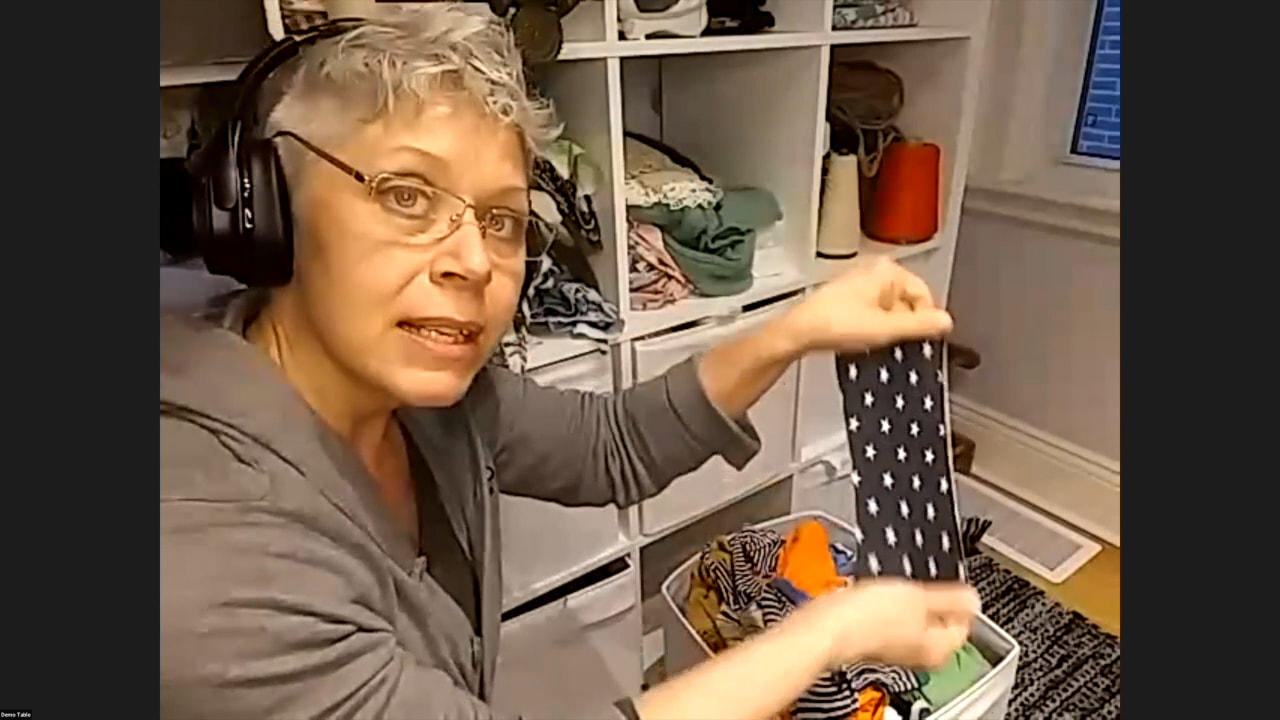
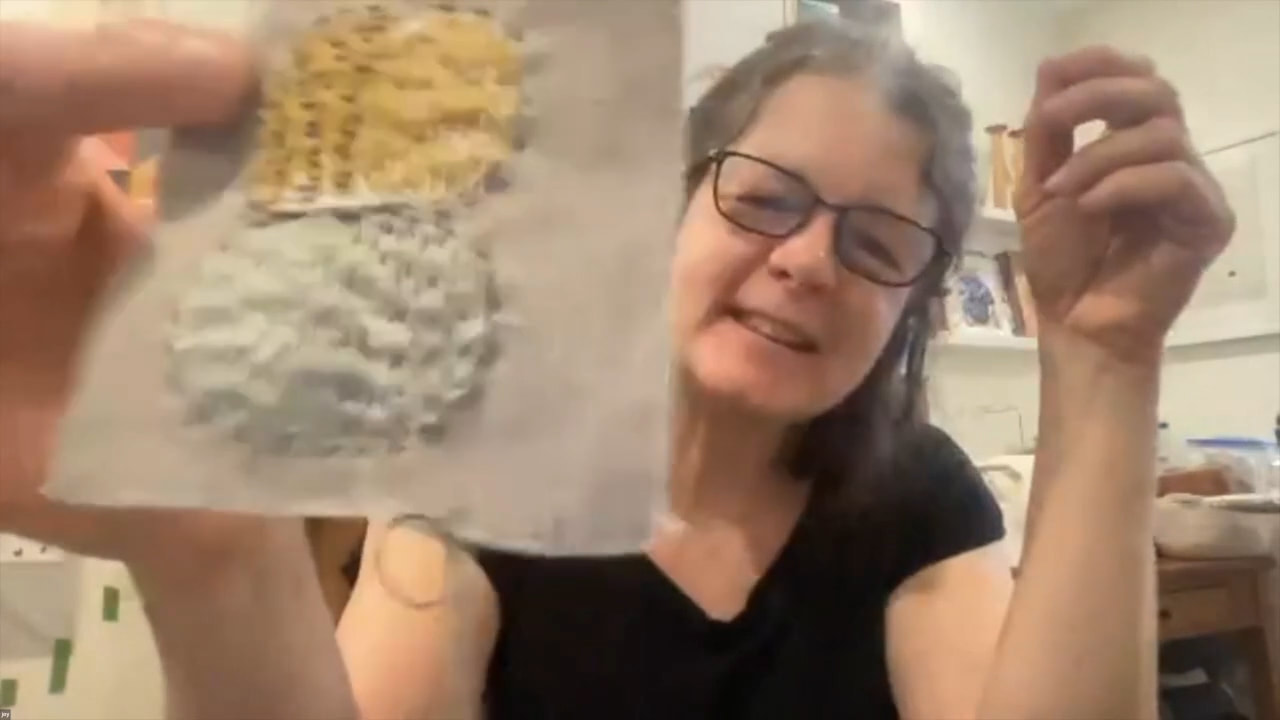
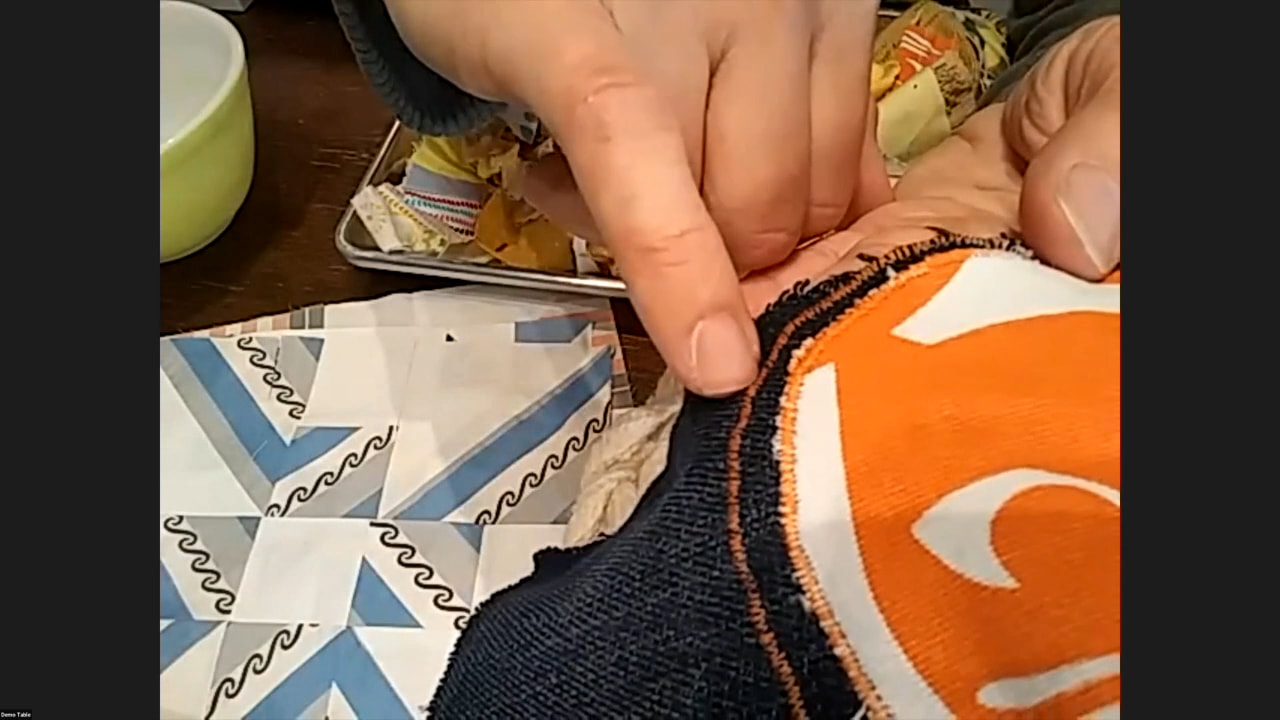
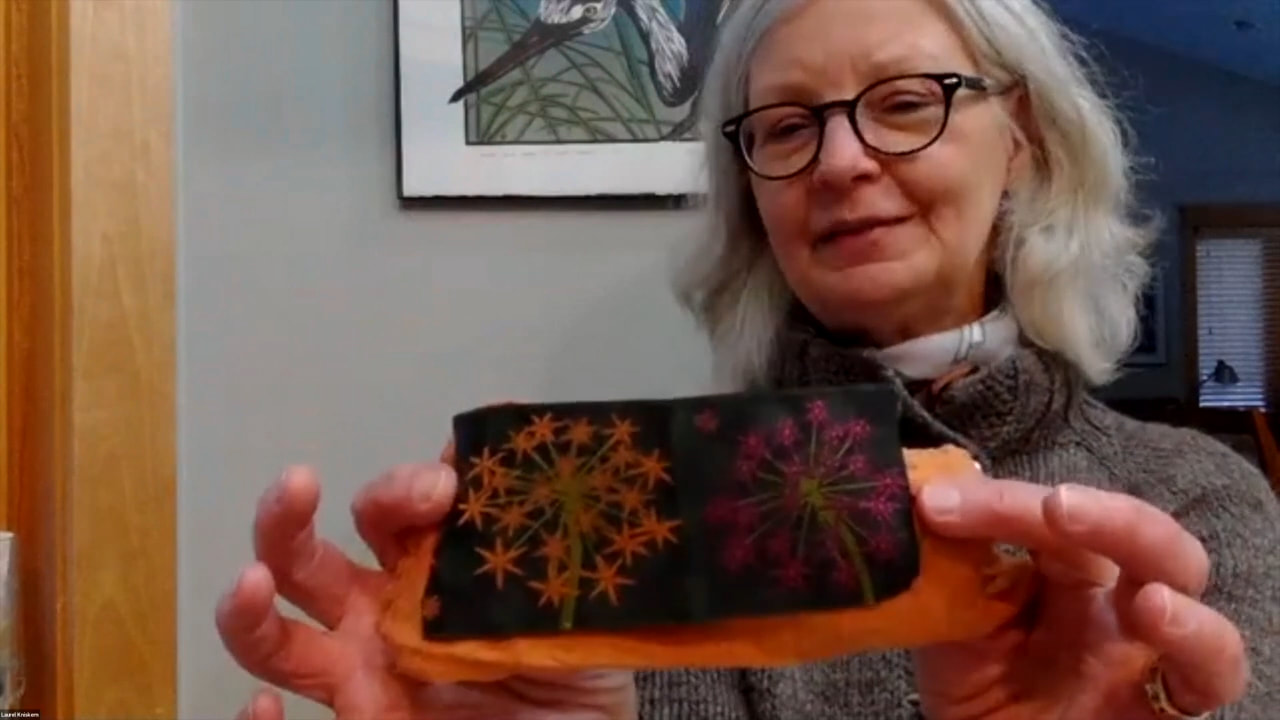
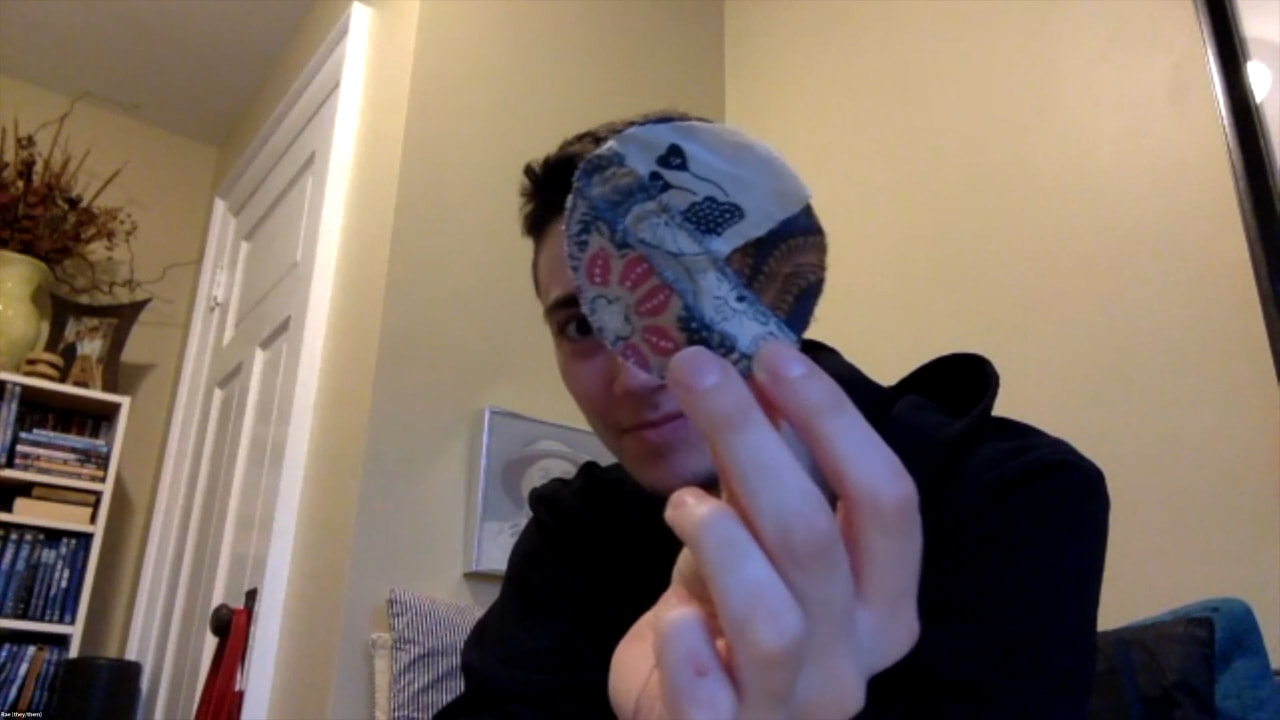
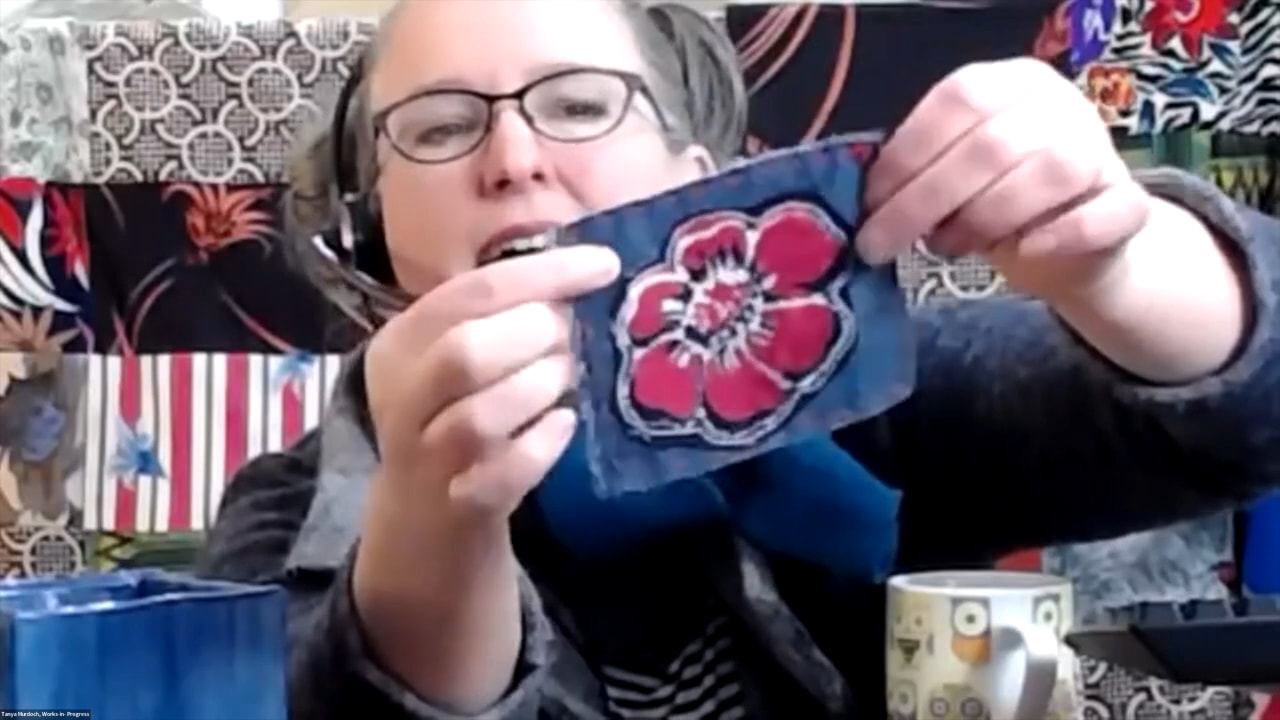
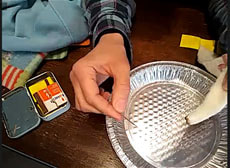
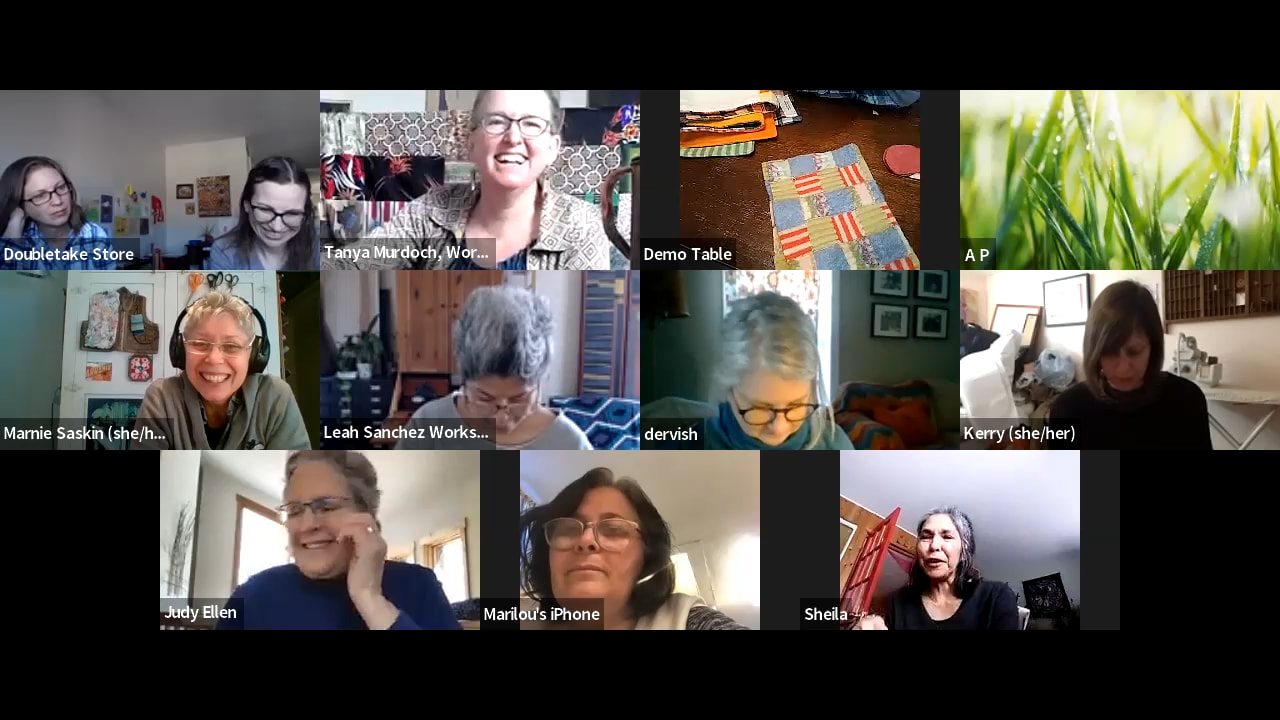
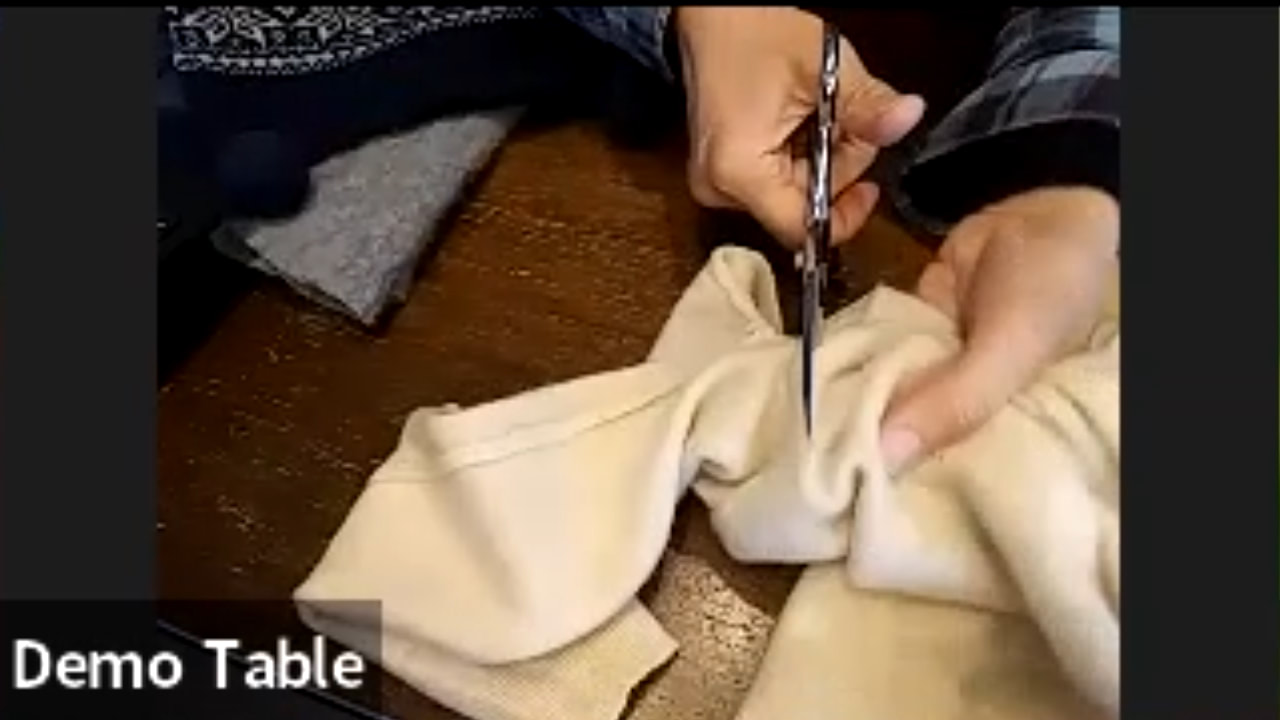
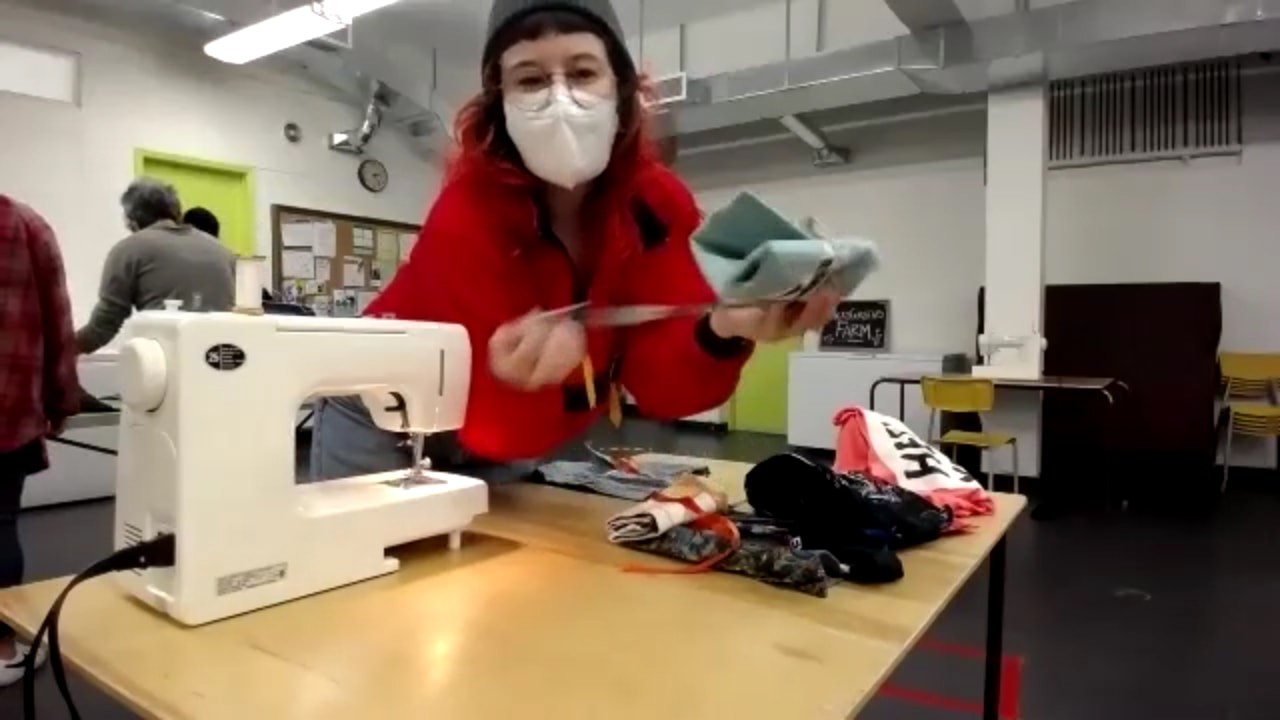
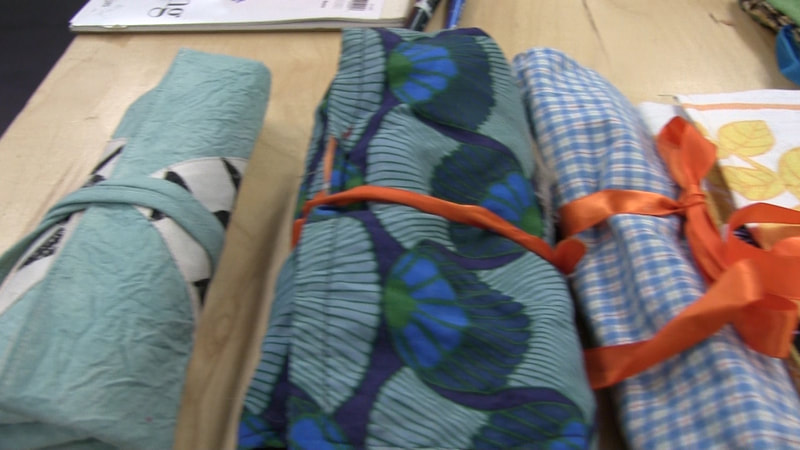
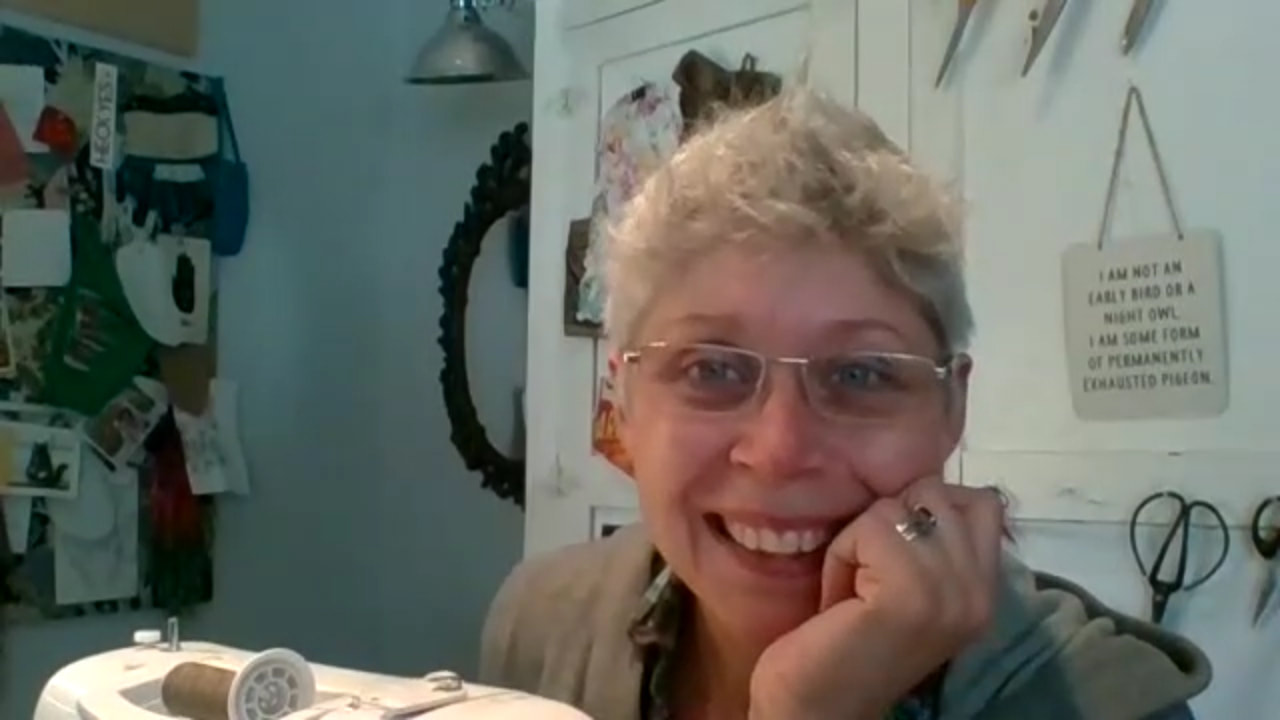
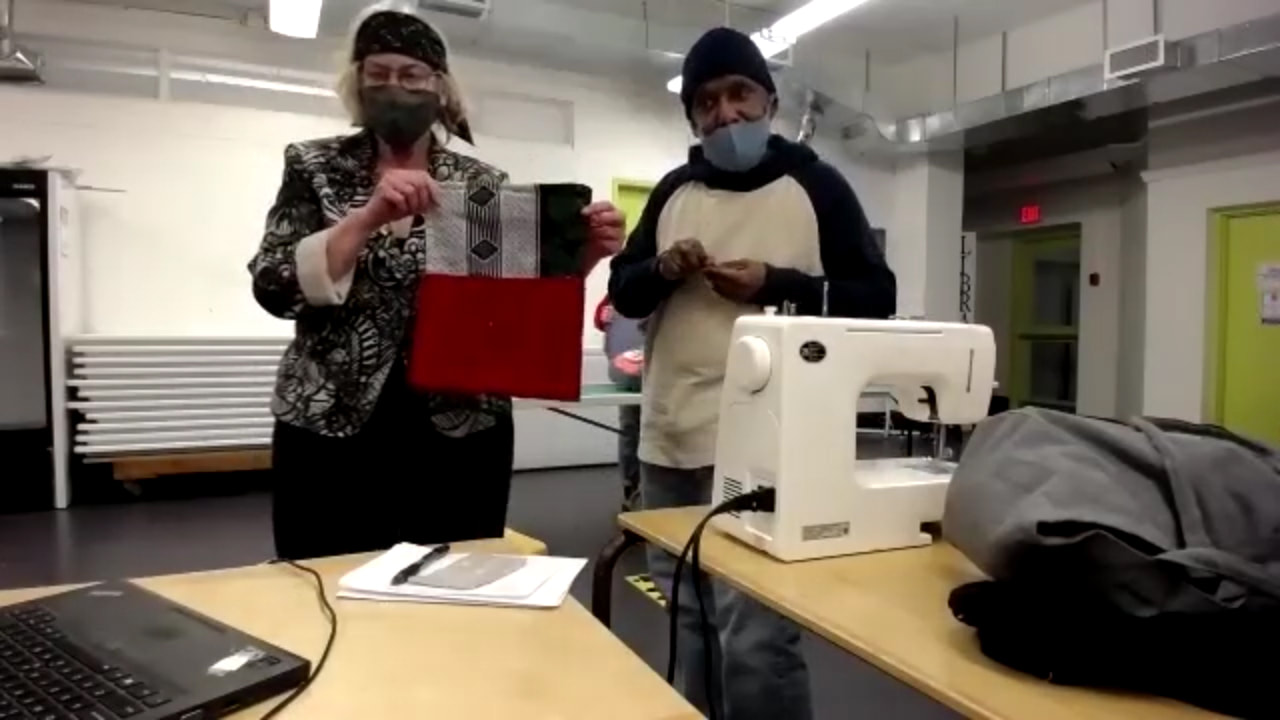
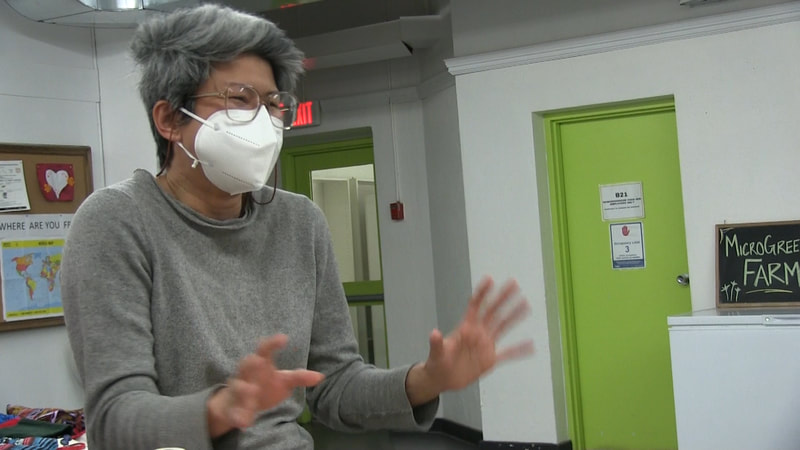

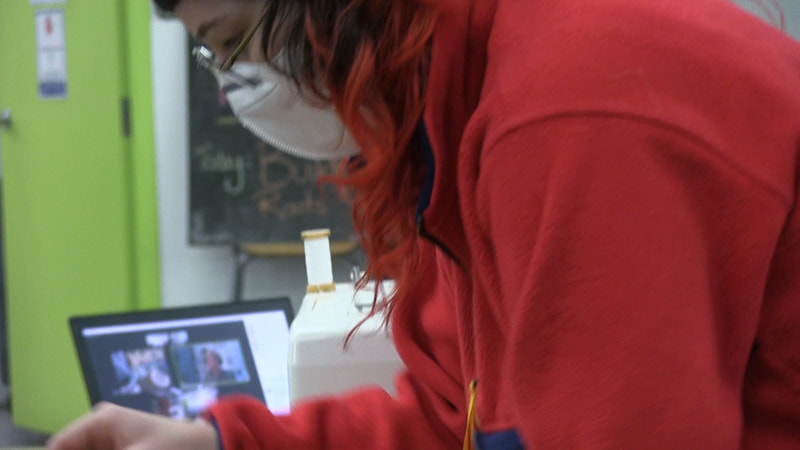
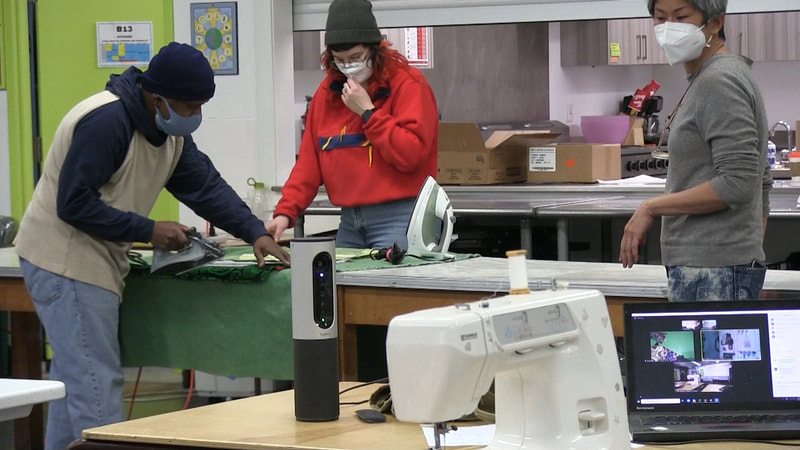
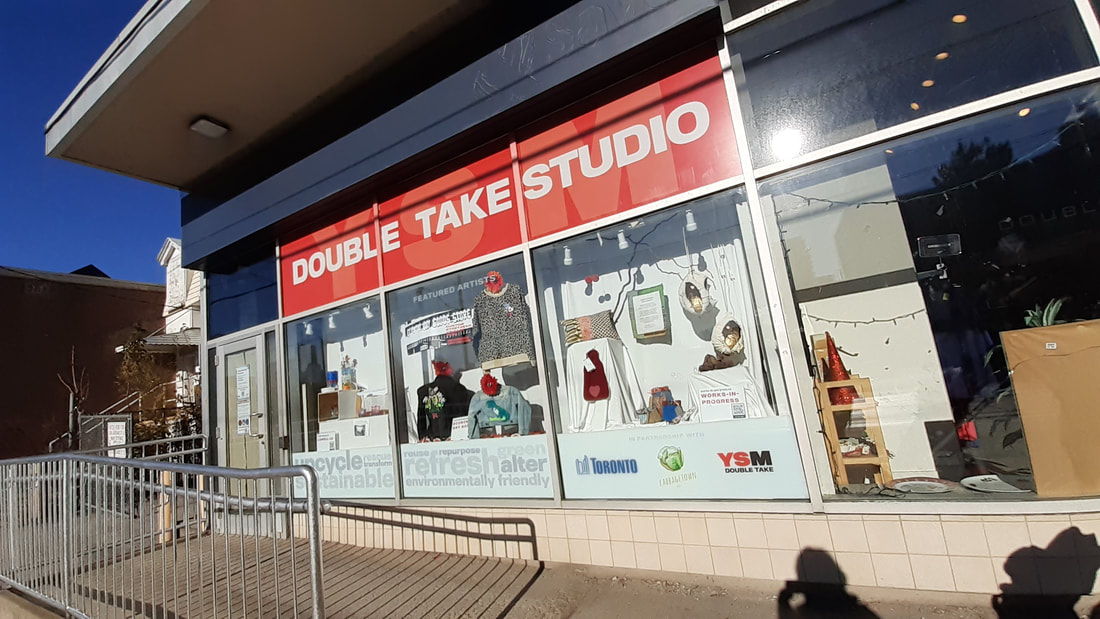
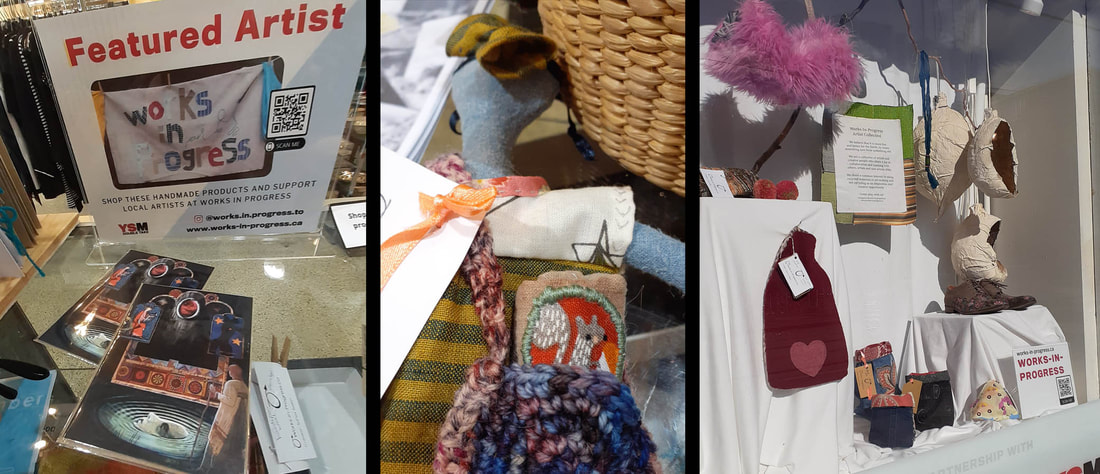
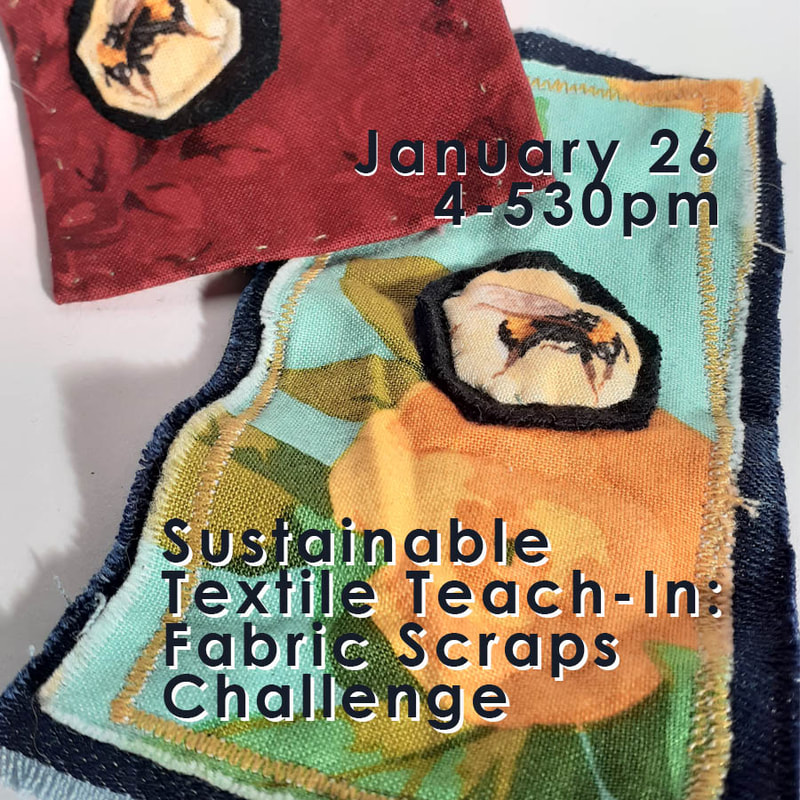
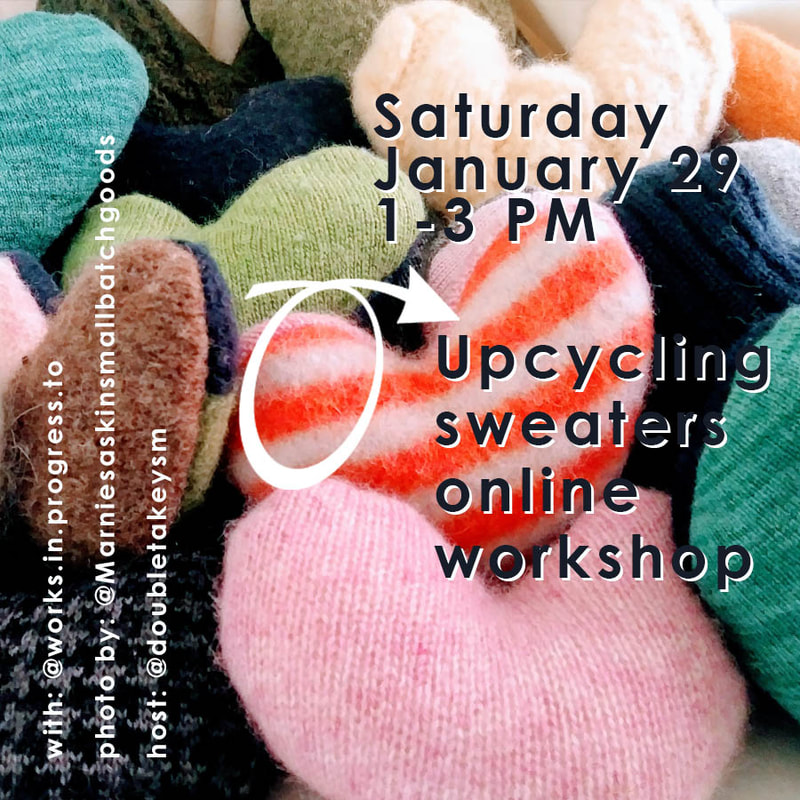
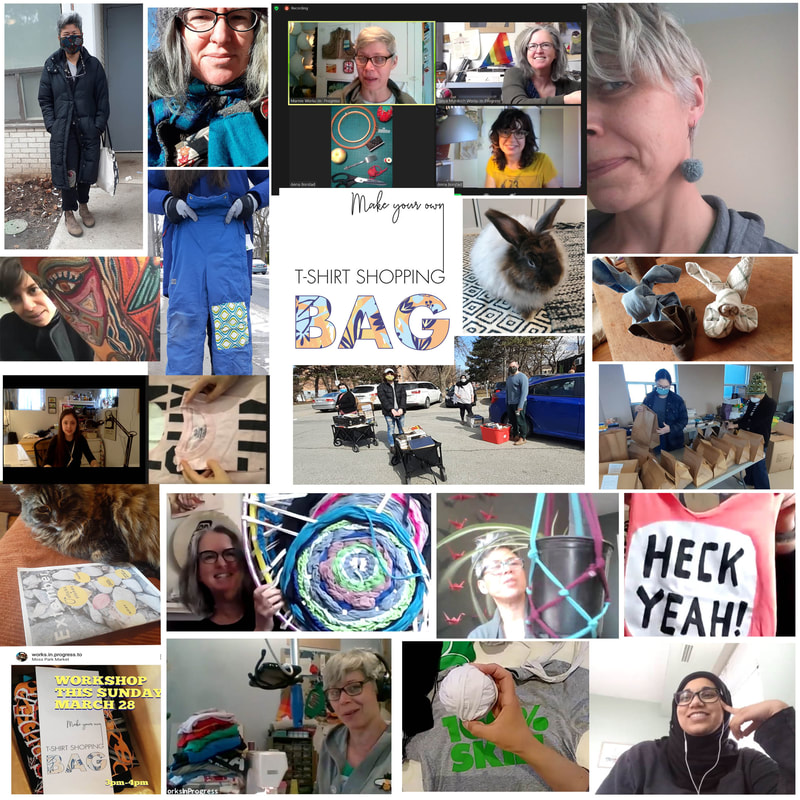
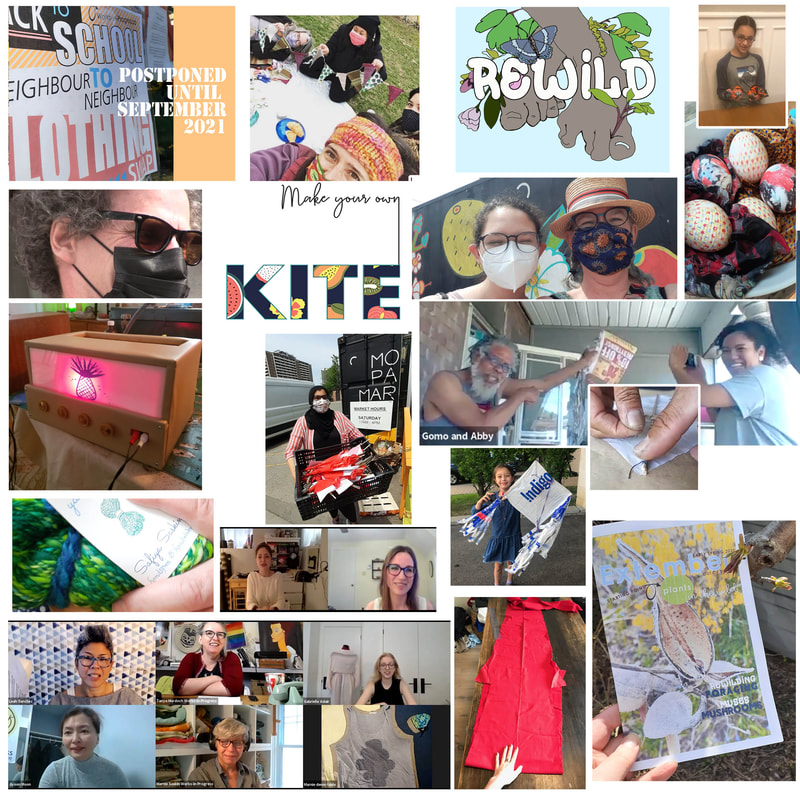
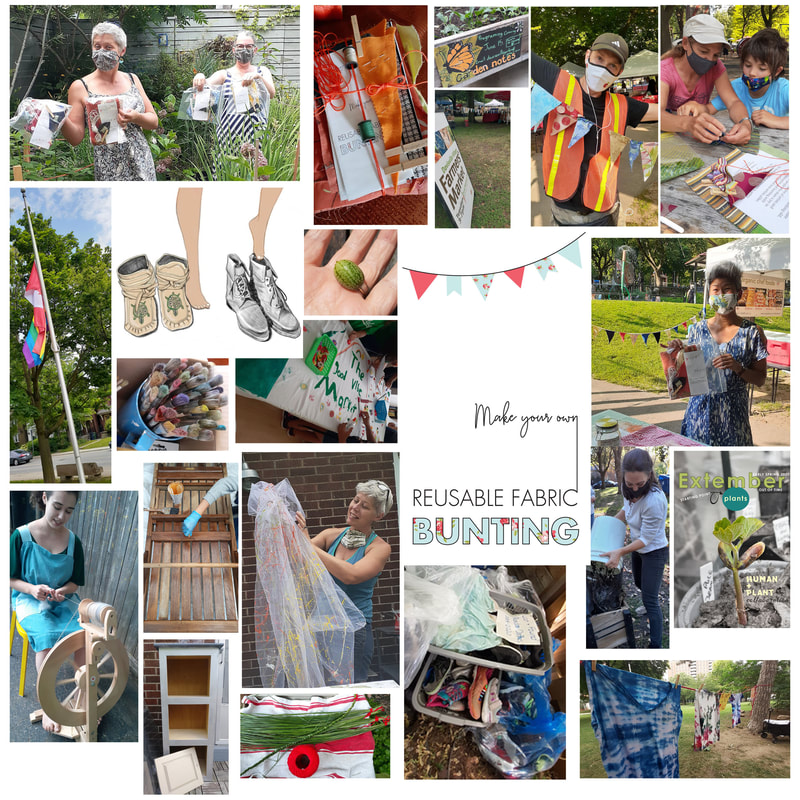
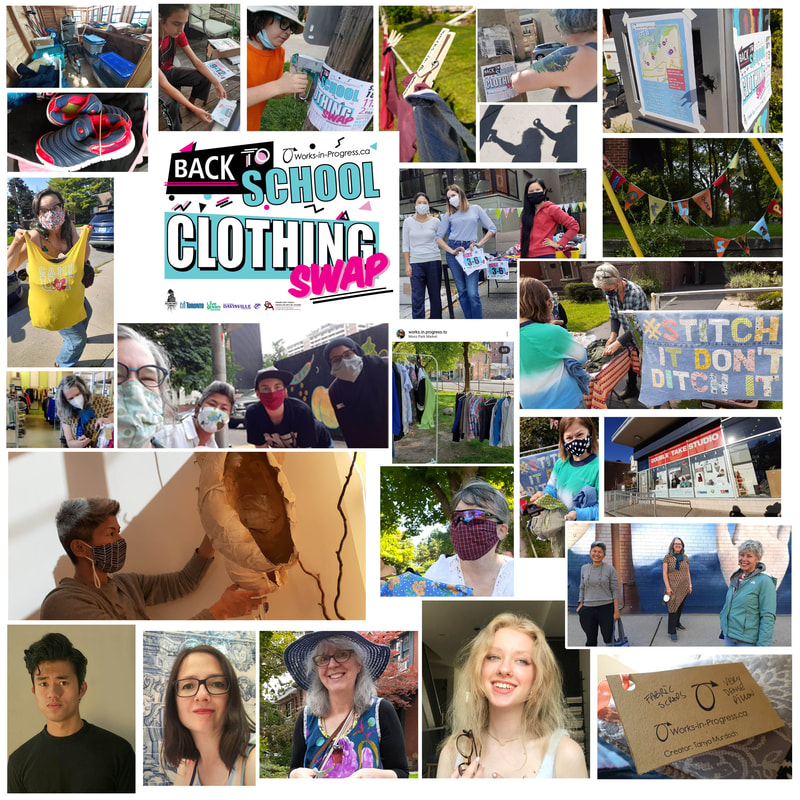
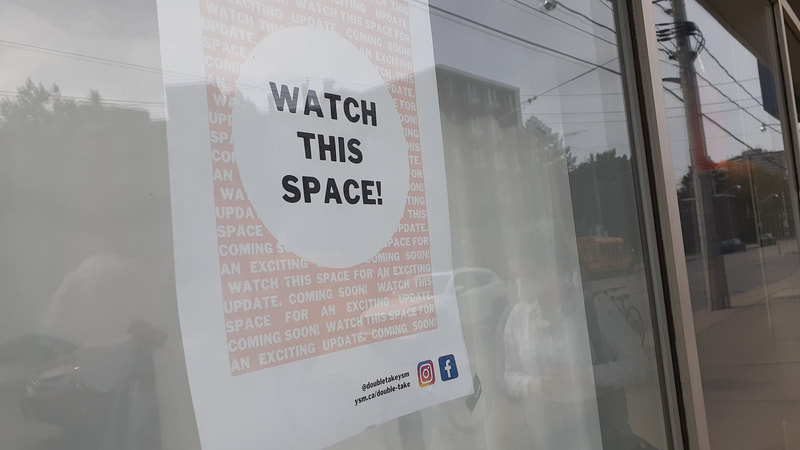
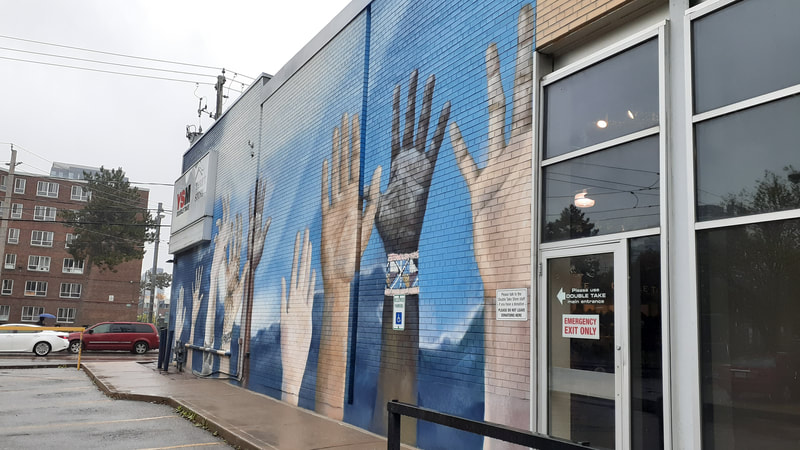
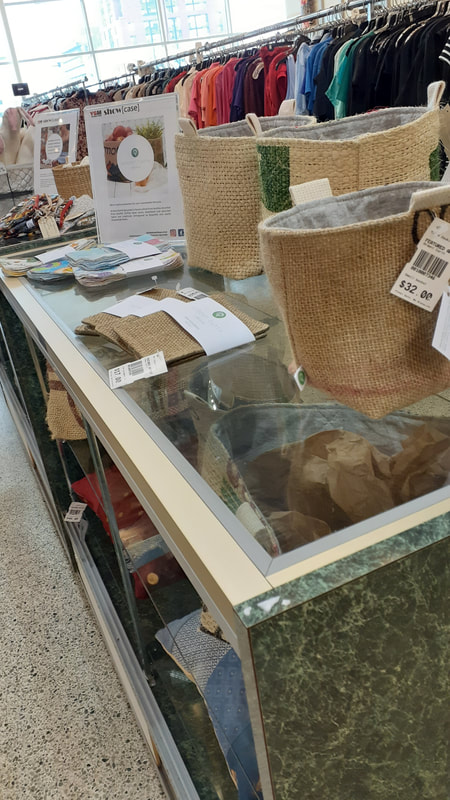
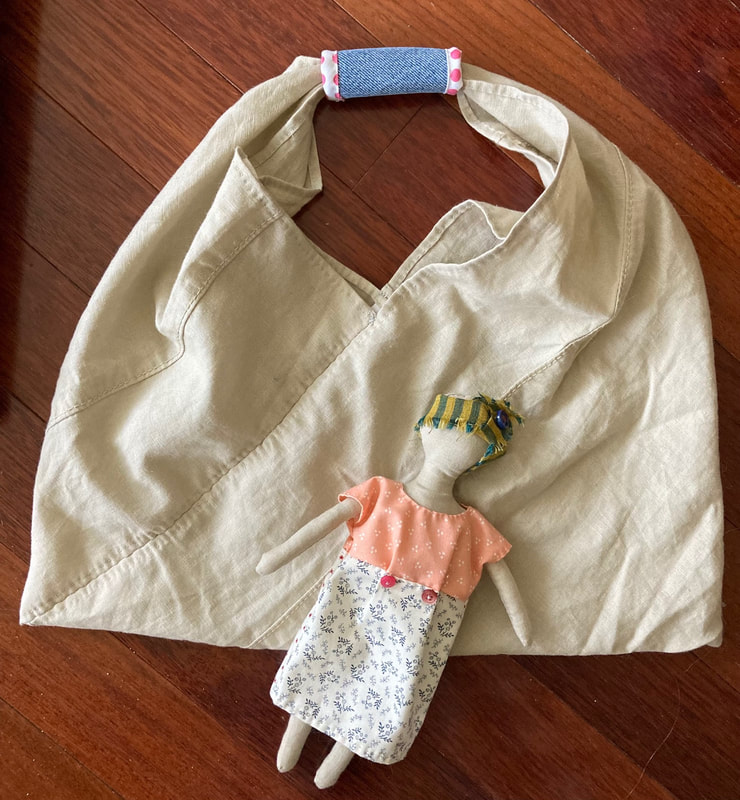
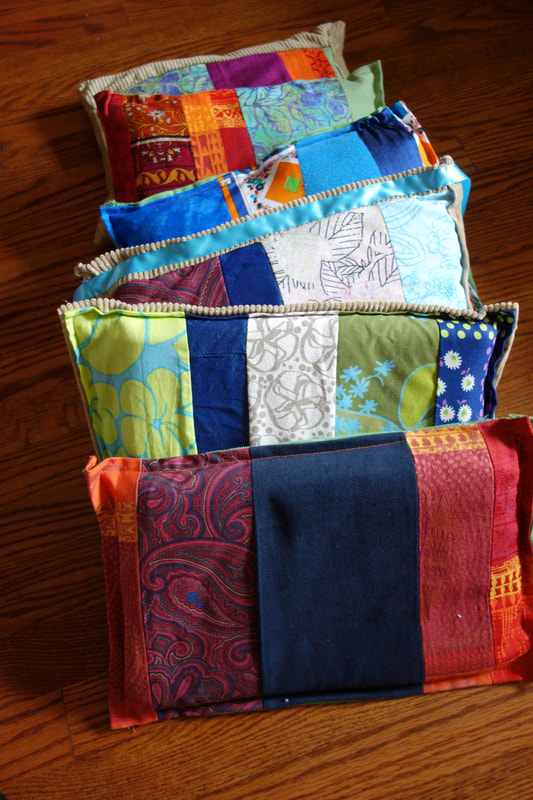
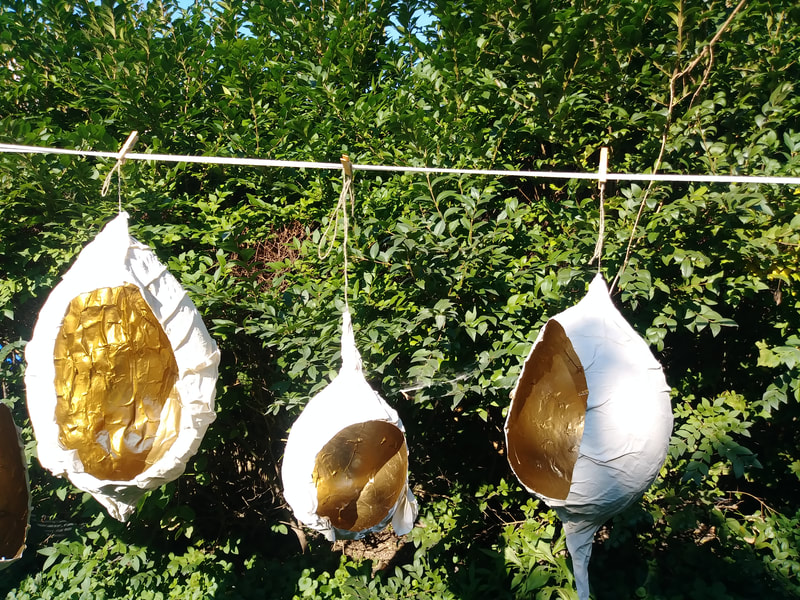
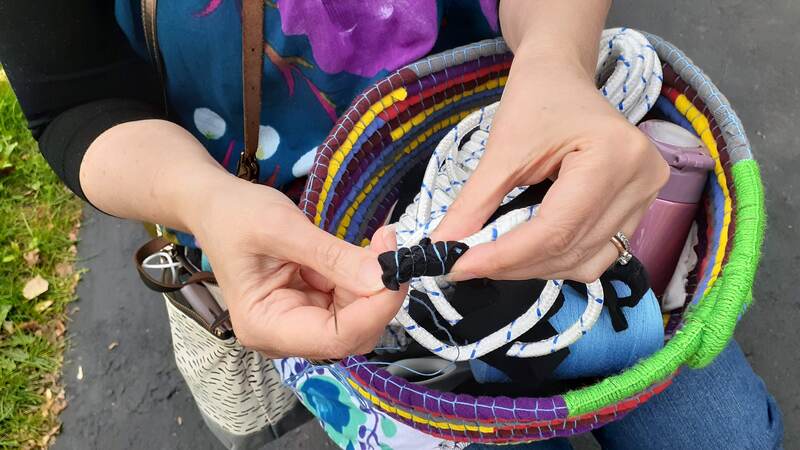
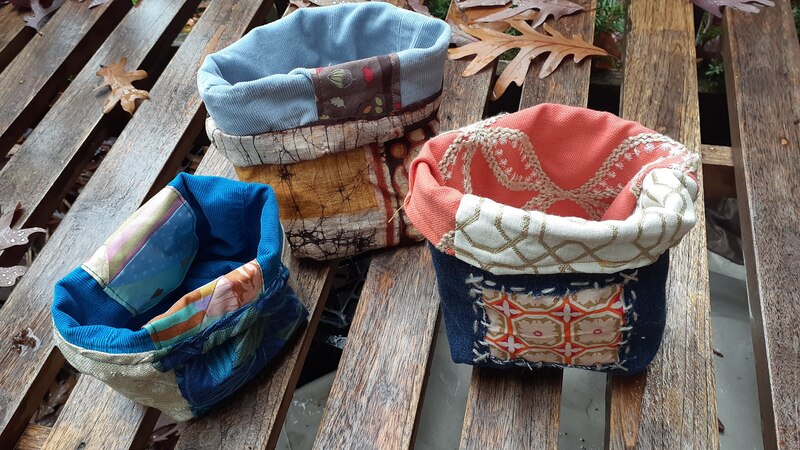
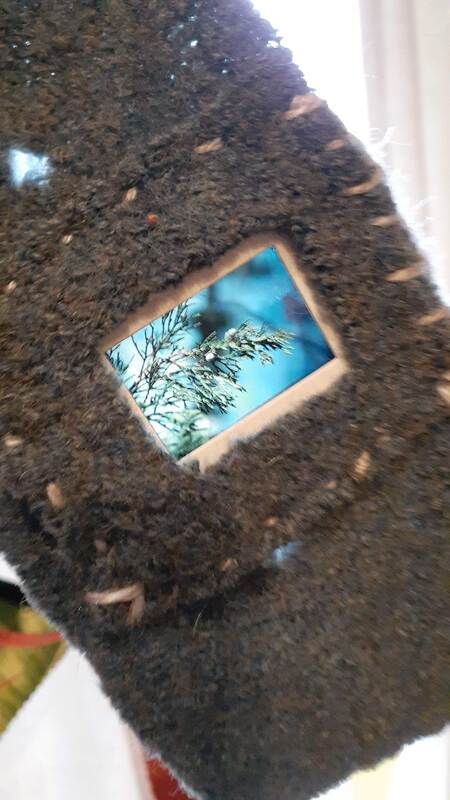
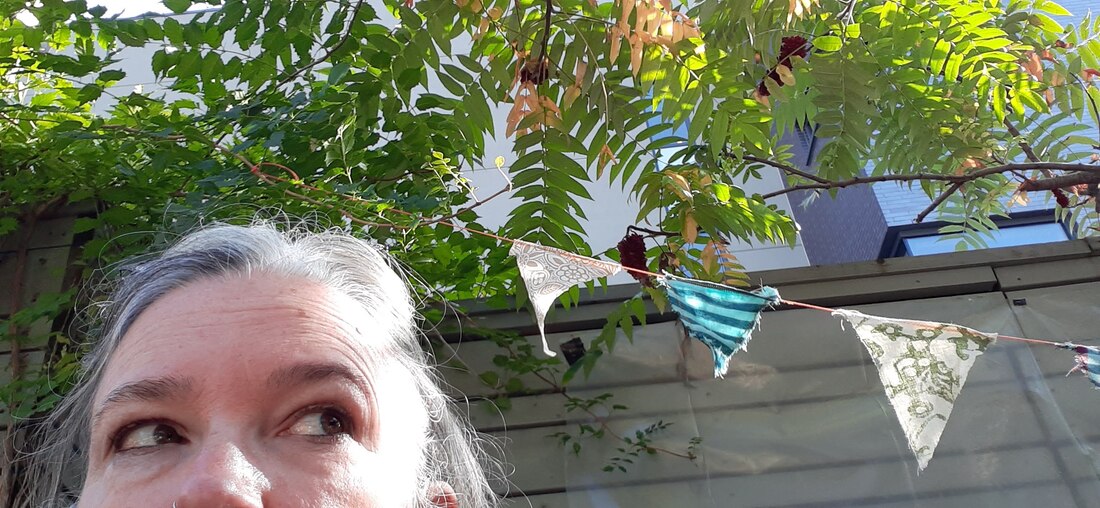
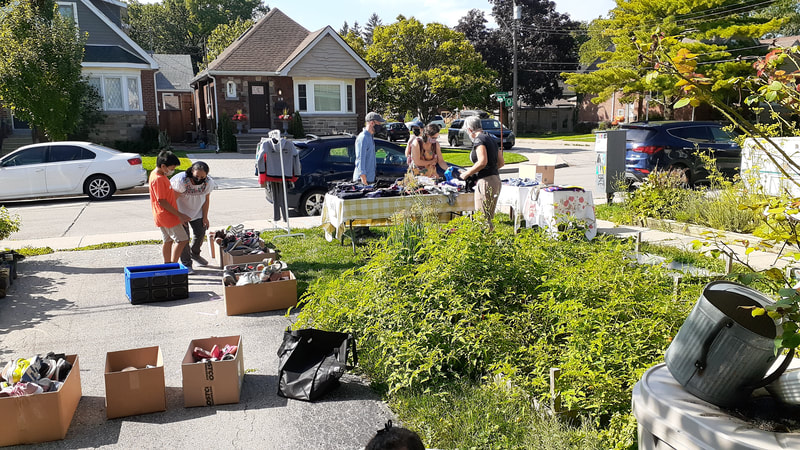
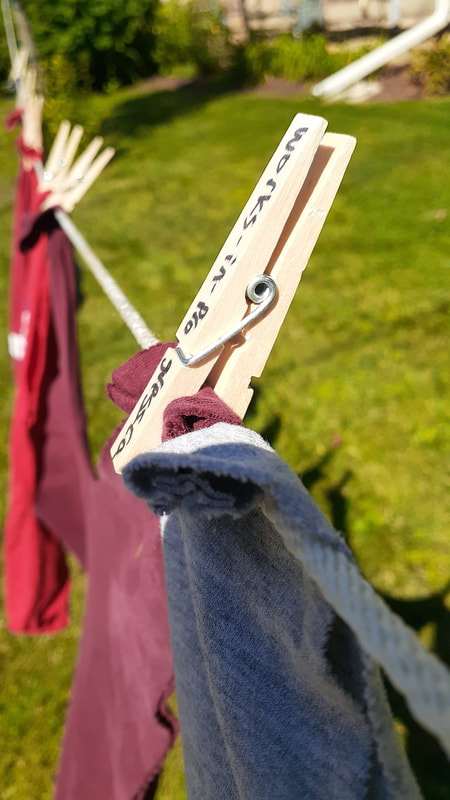
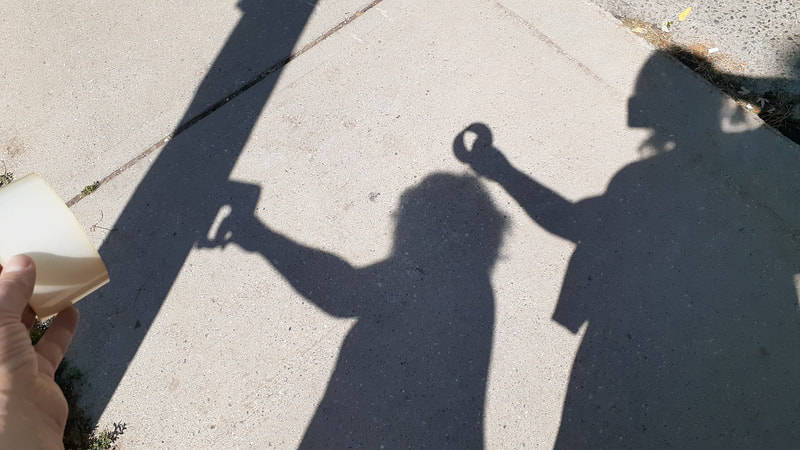
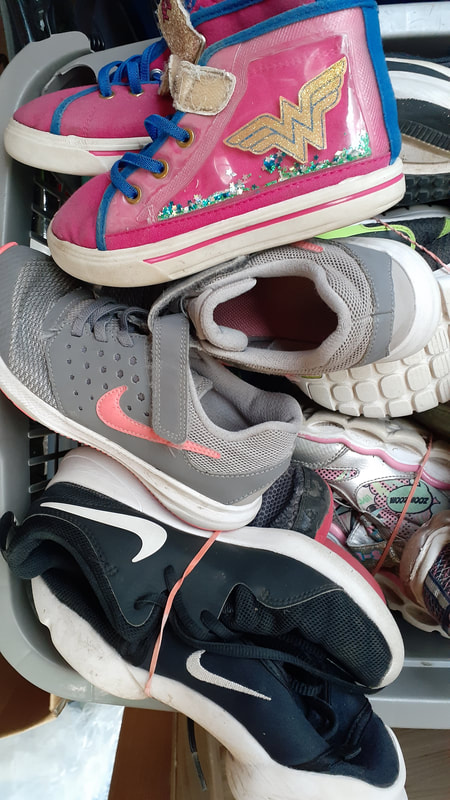
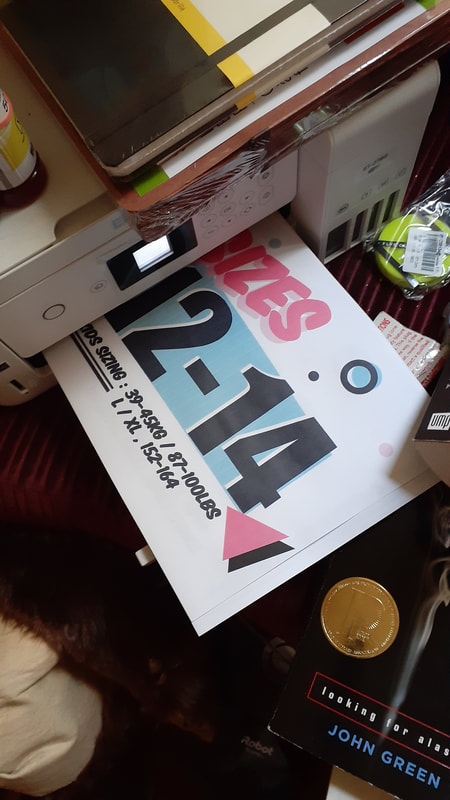
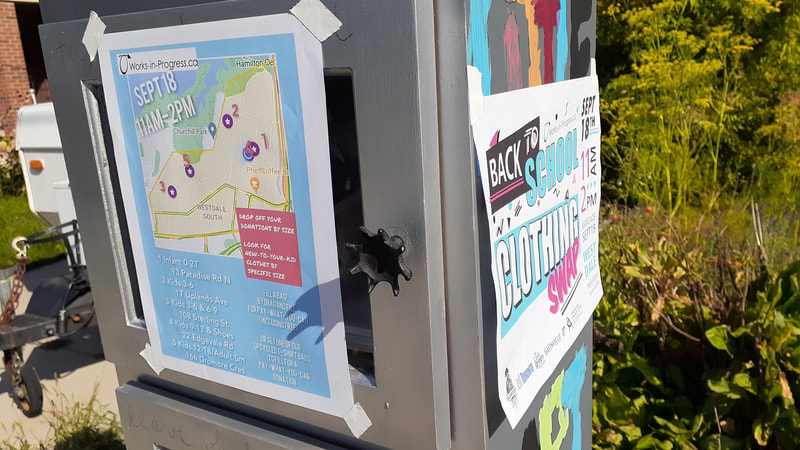
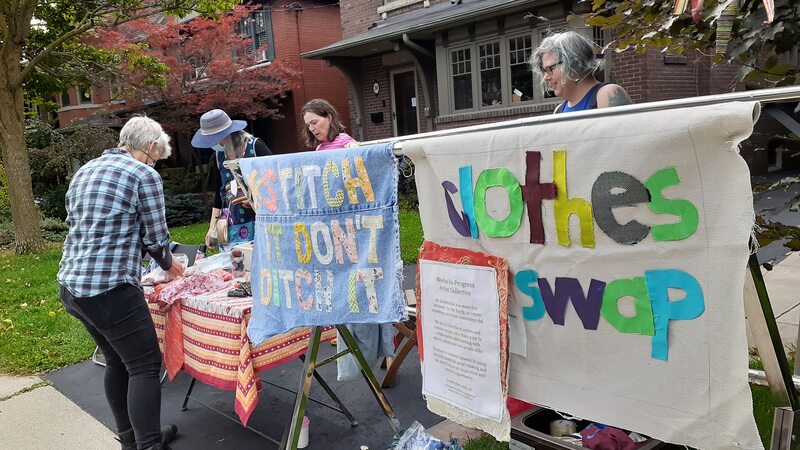
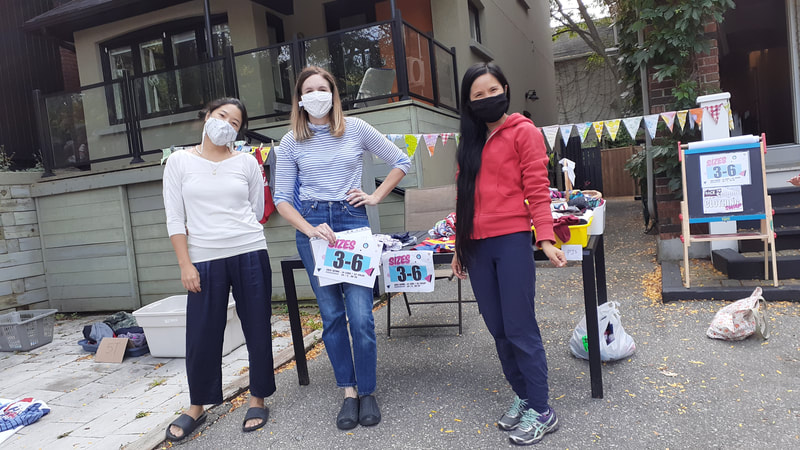
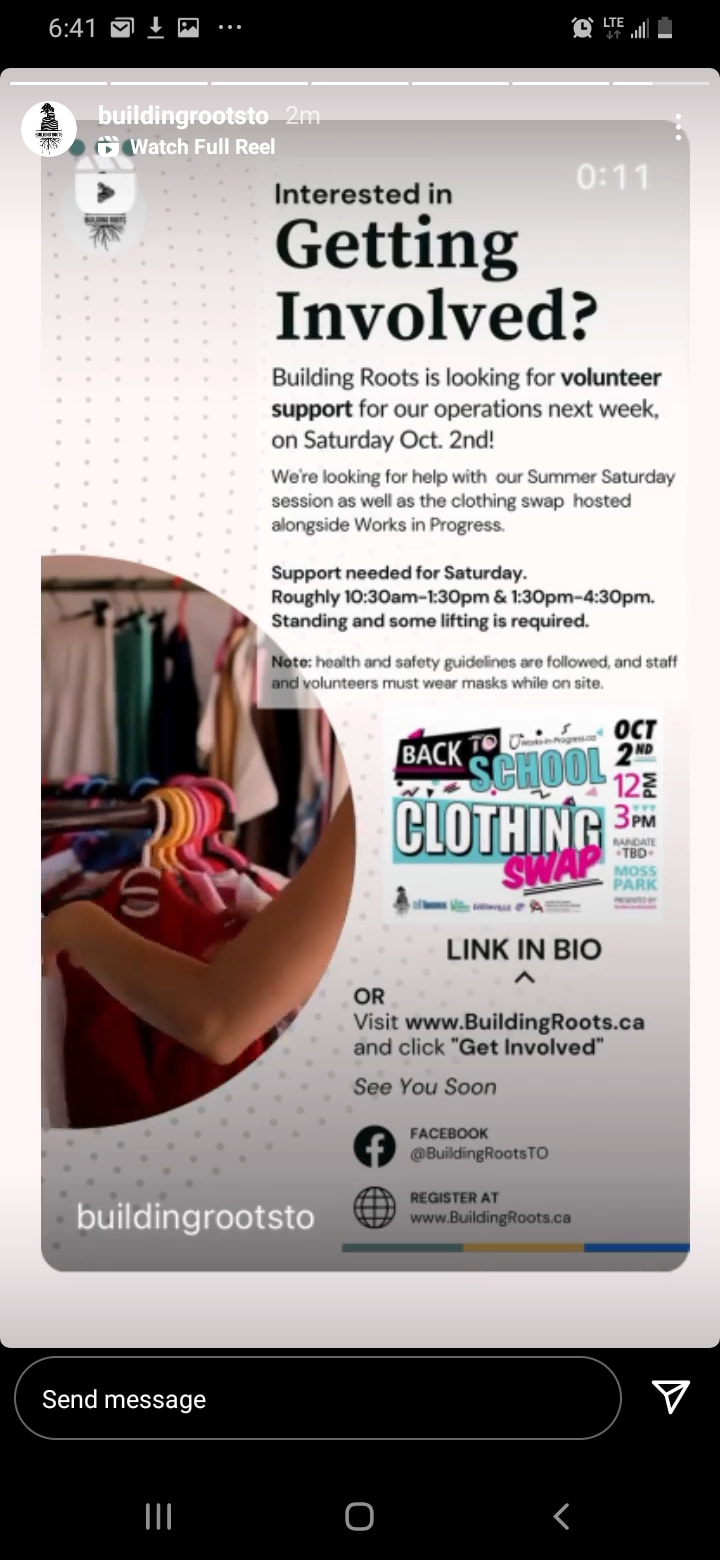
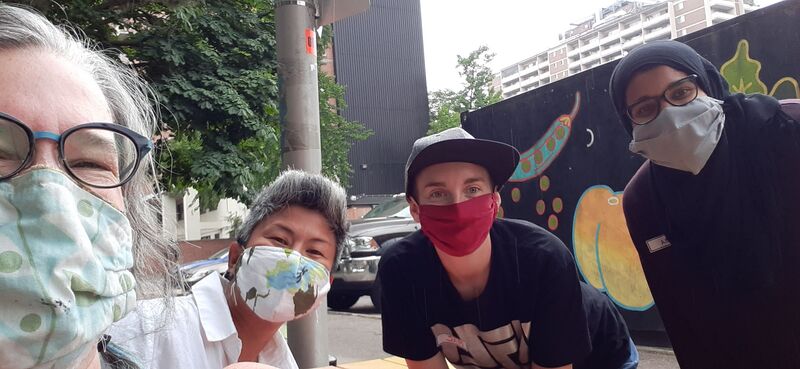
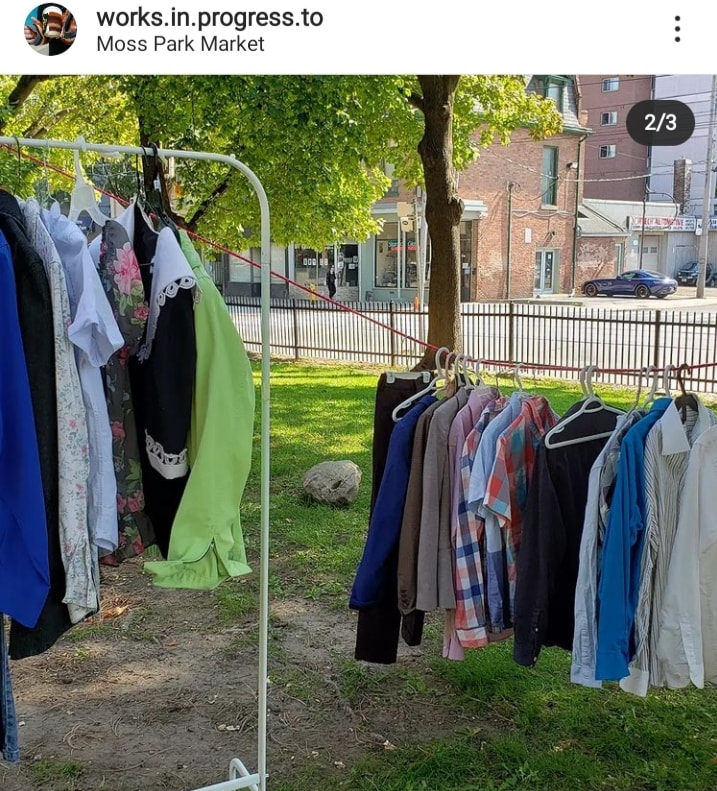
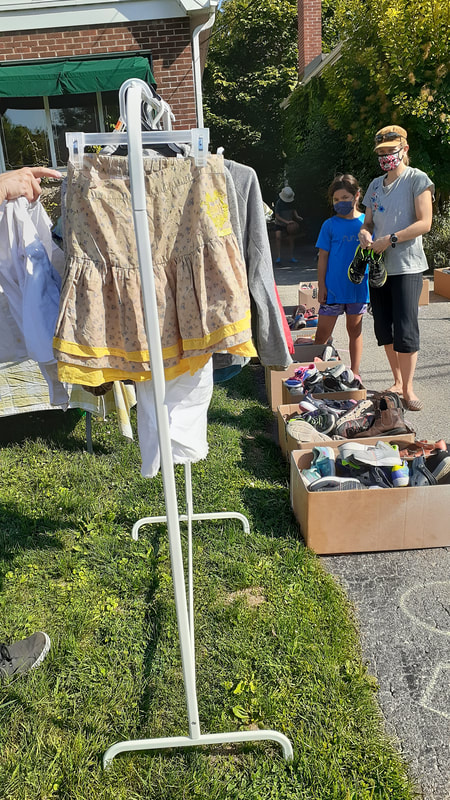
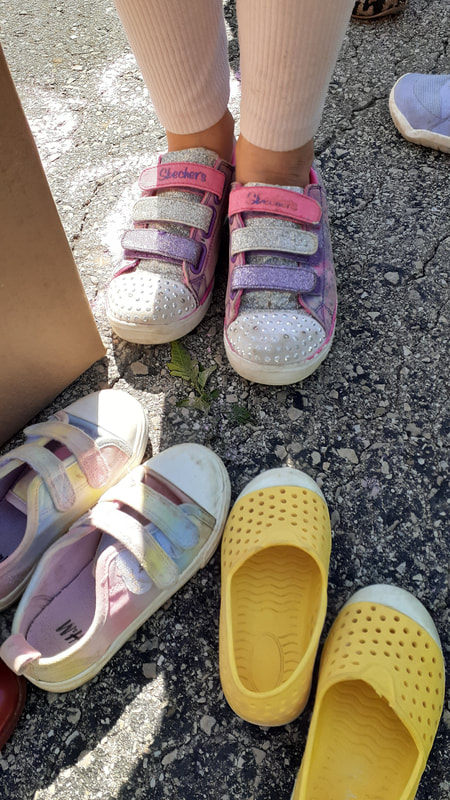
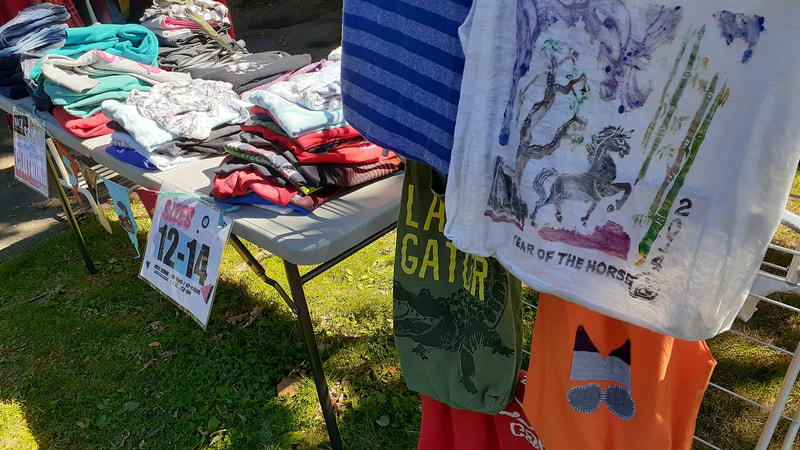
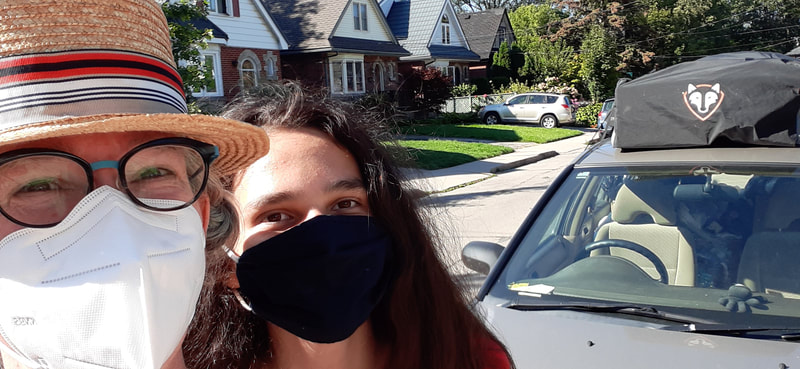
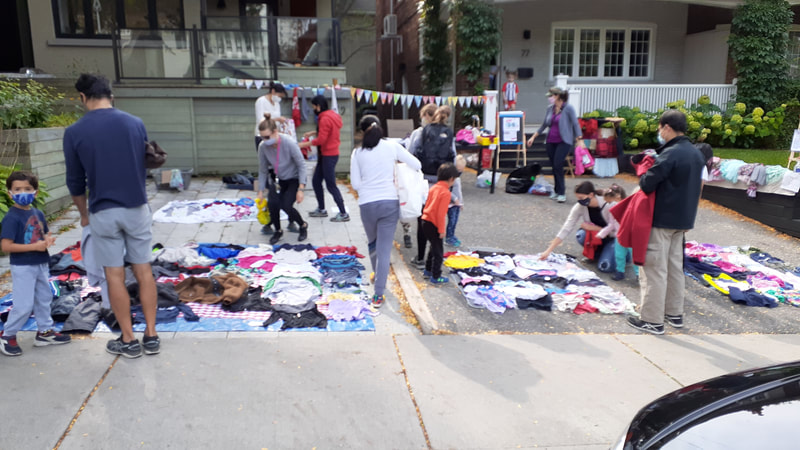
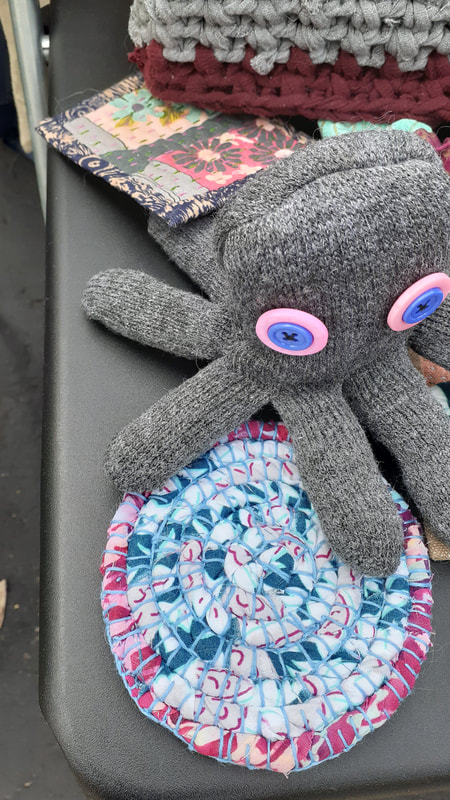
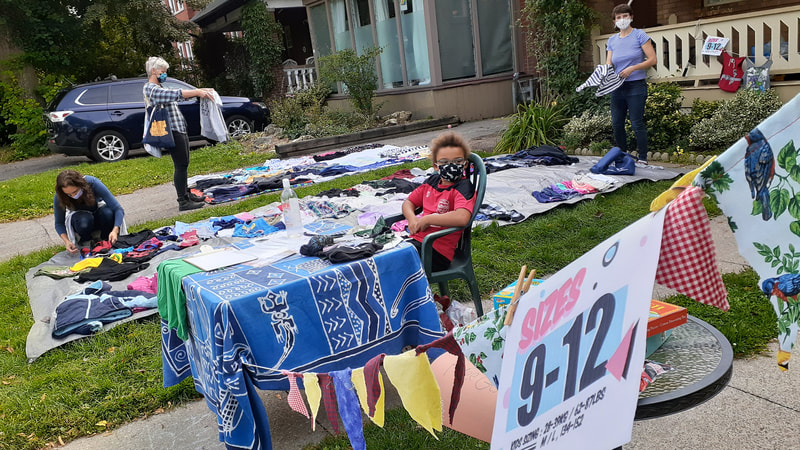
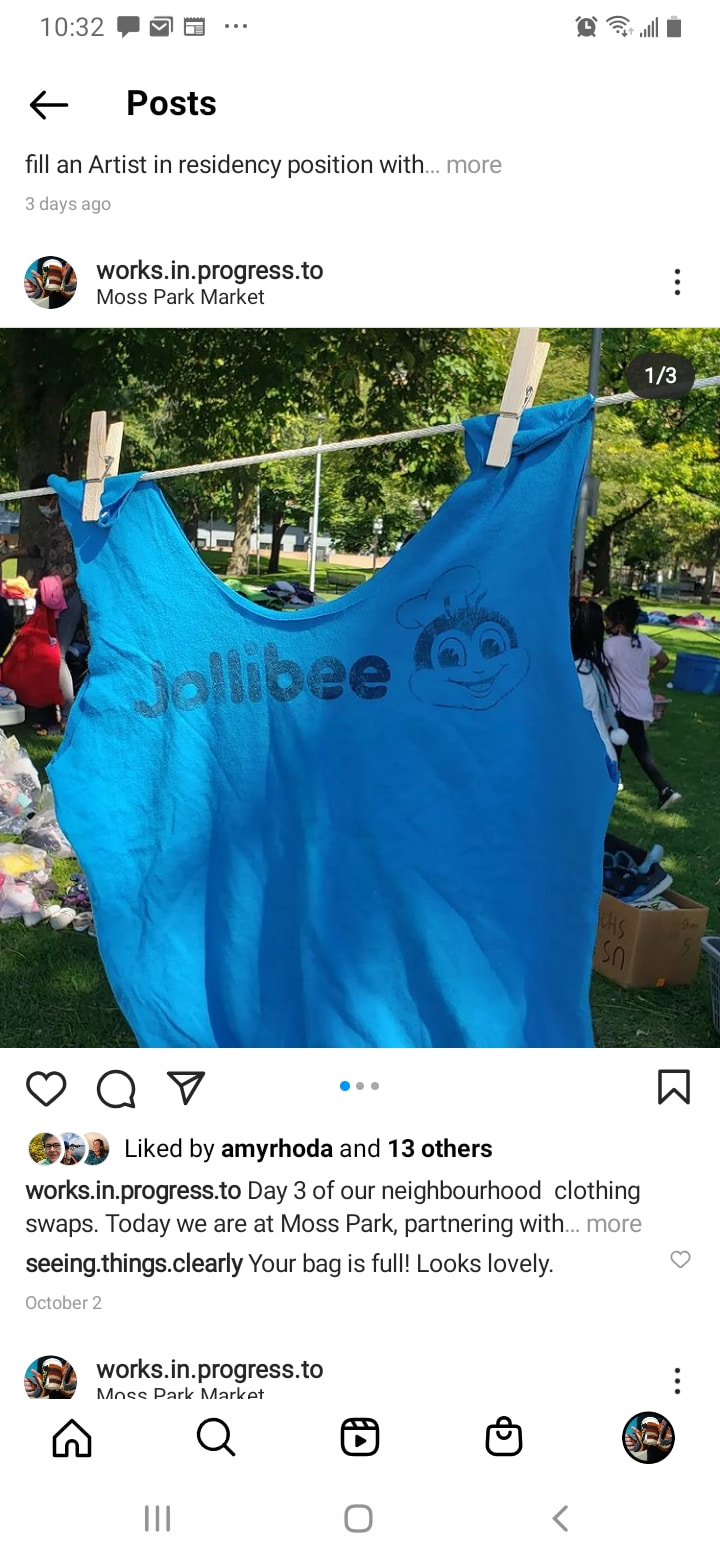
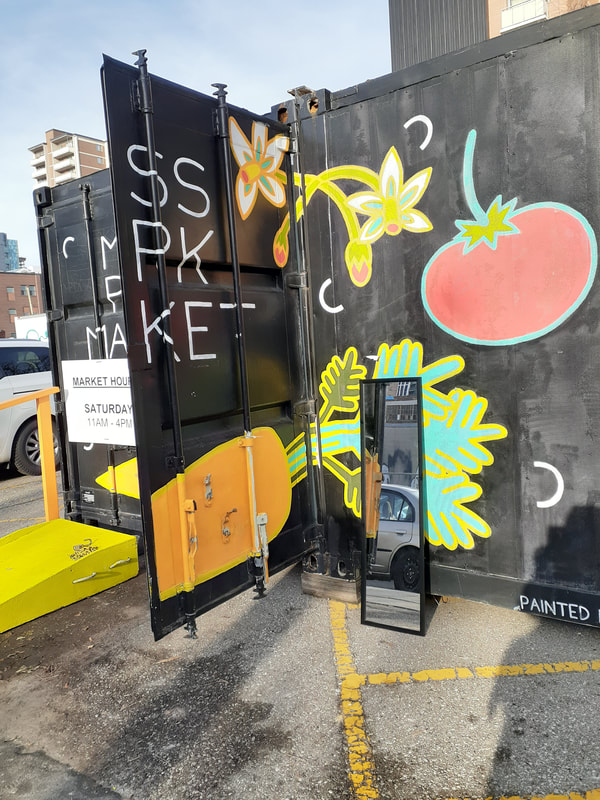
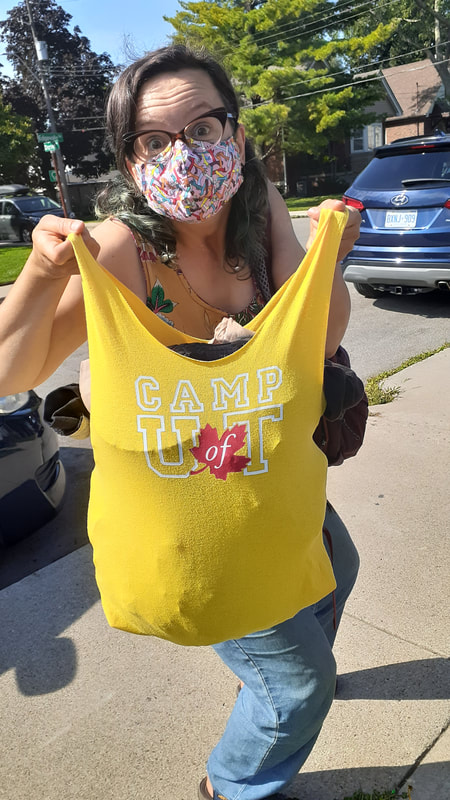
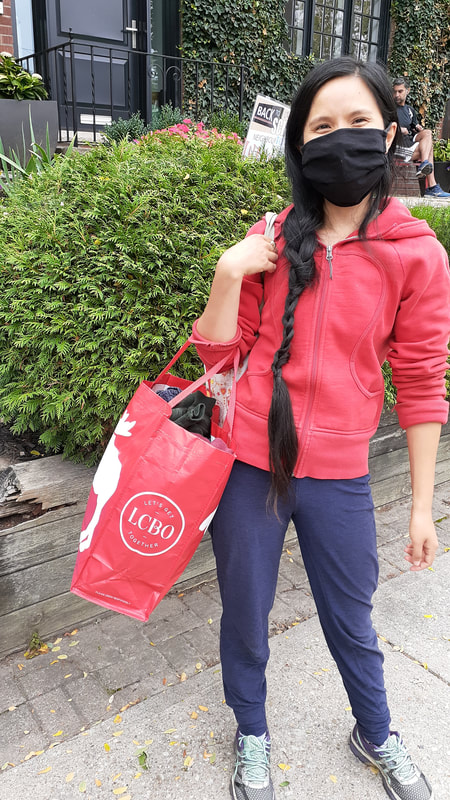
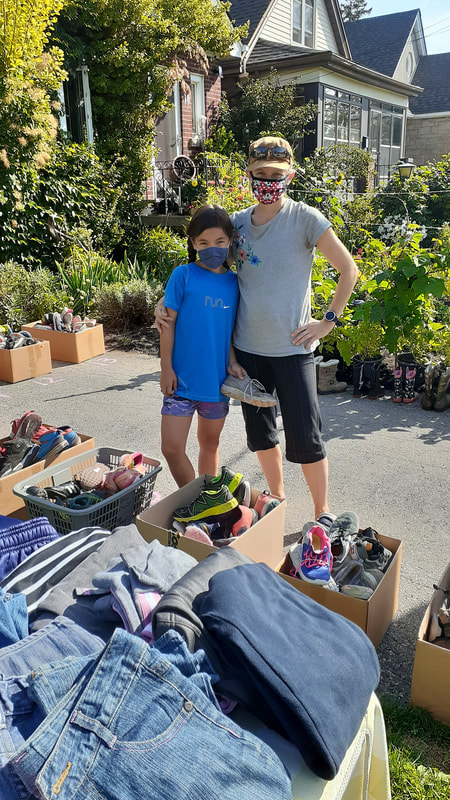
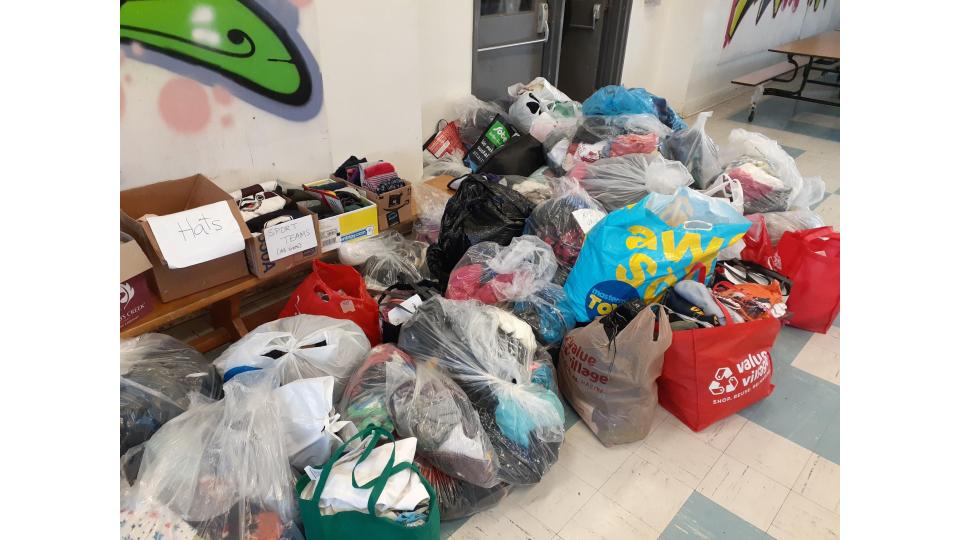
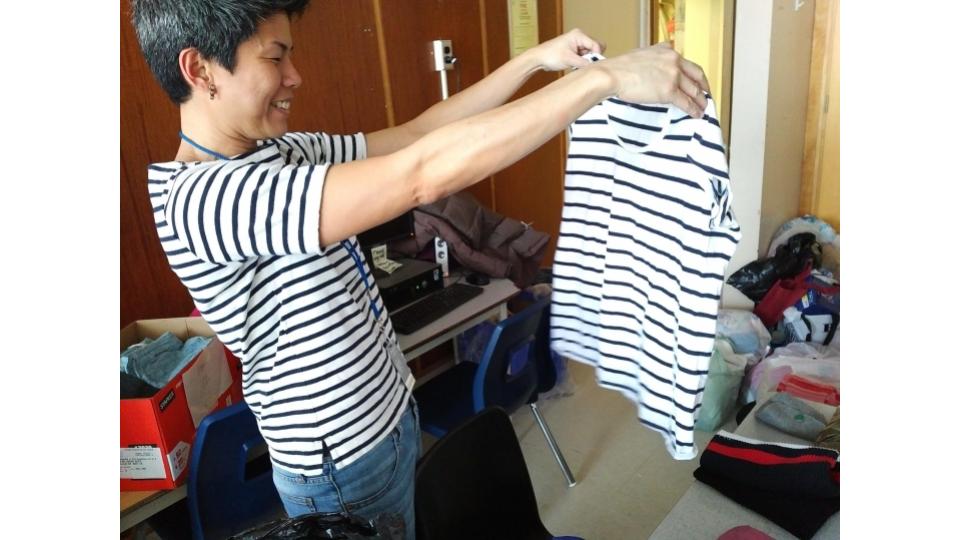
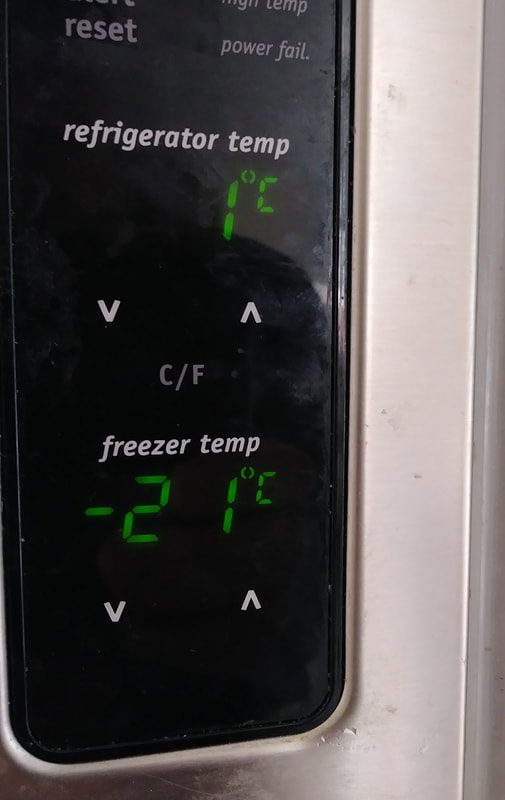
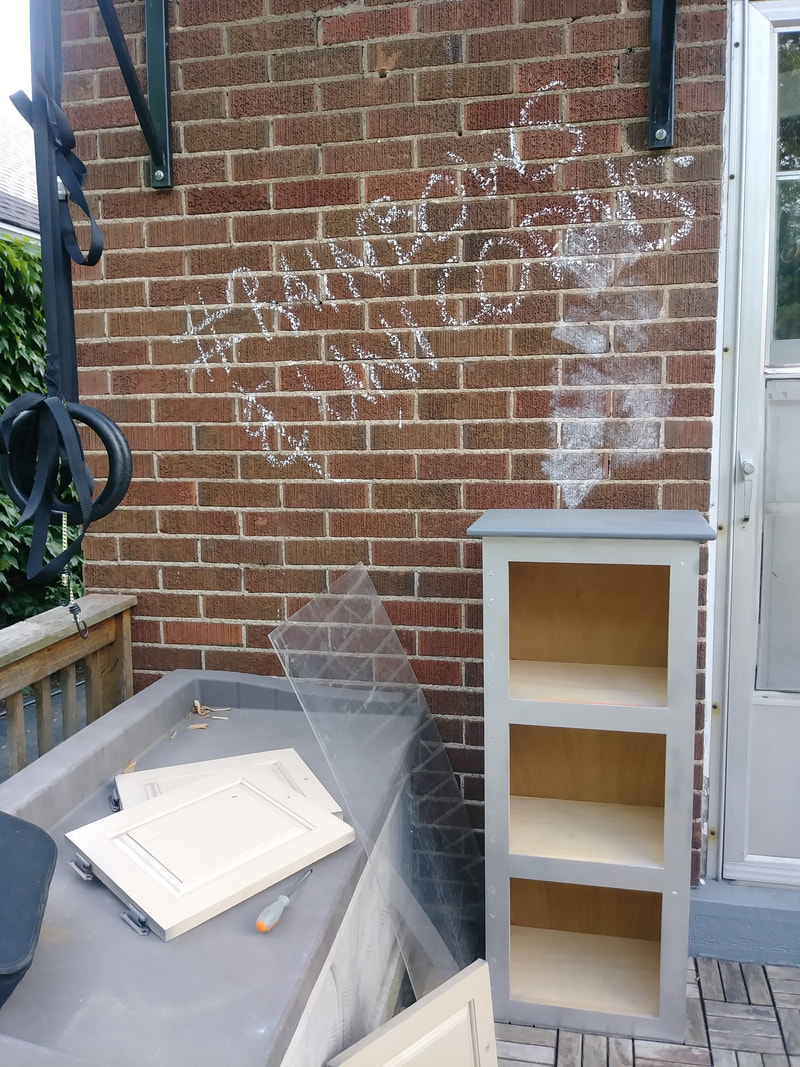
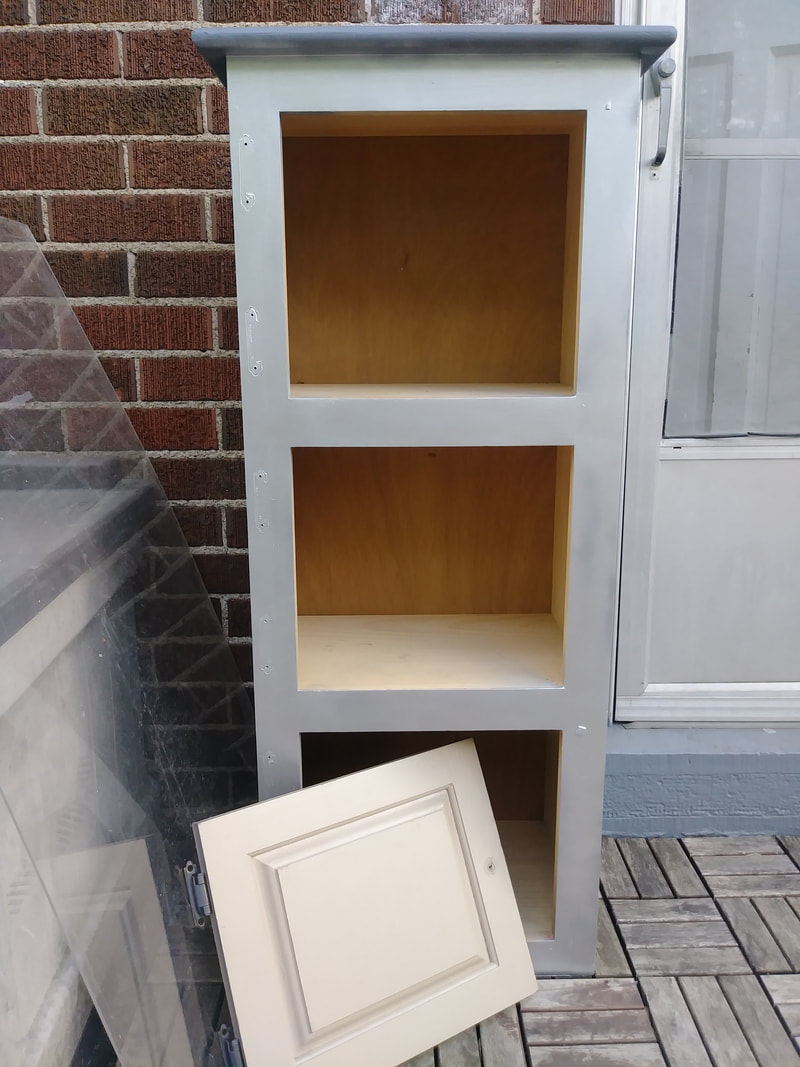
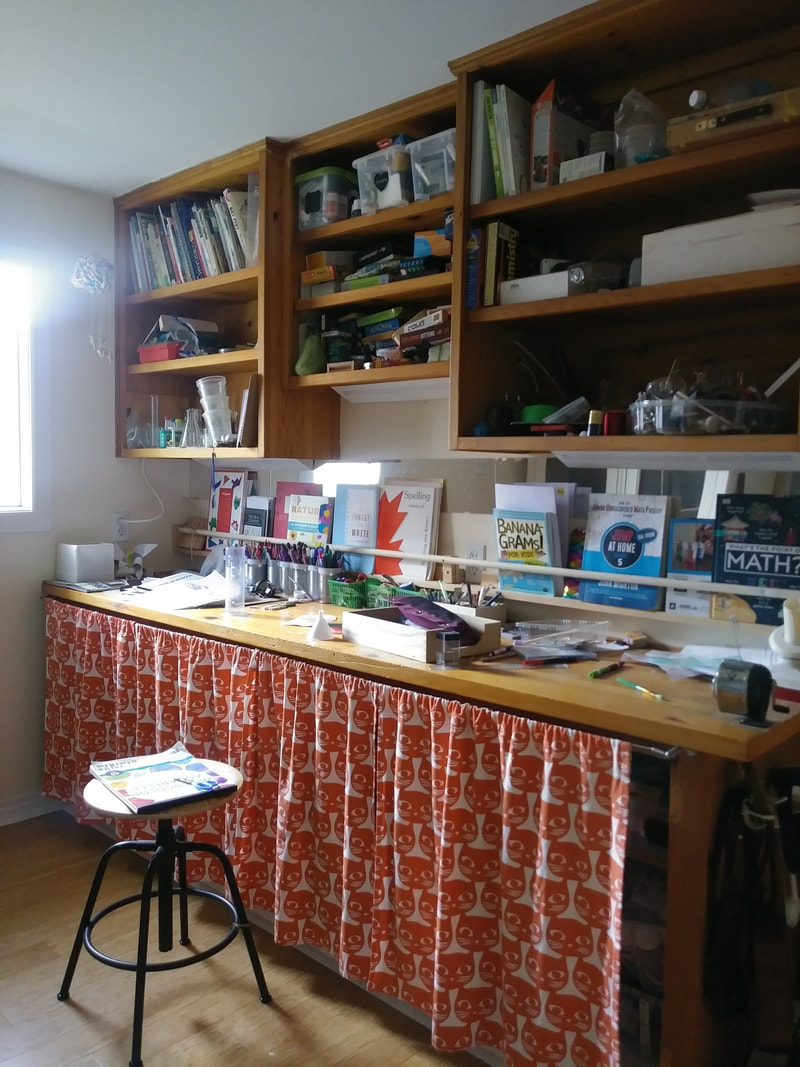
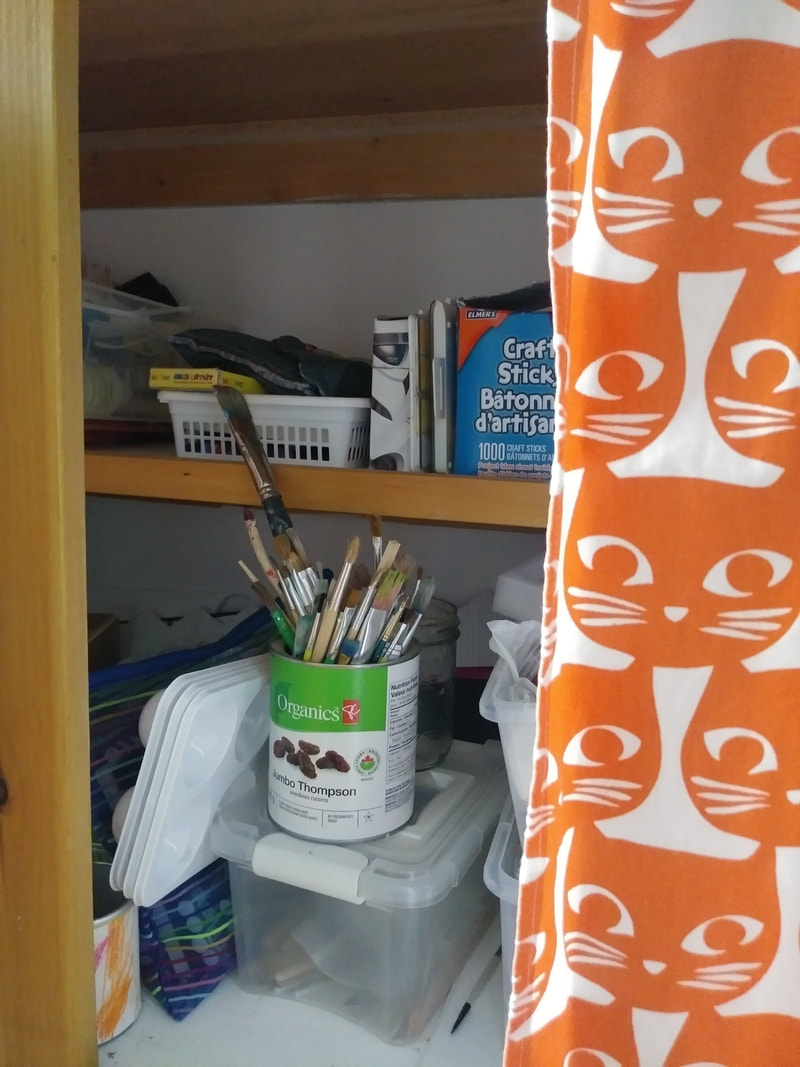
 RSS Feed
RSS Feed
